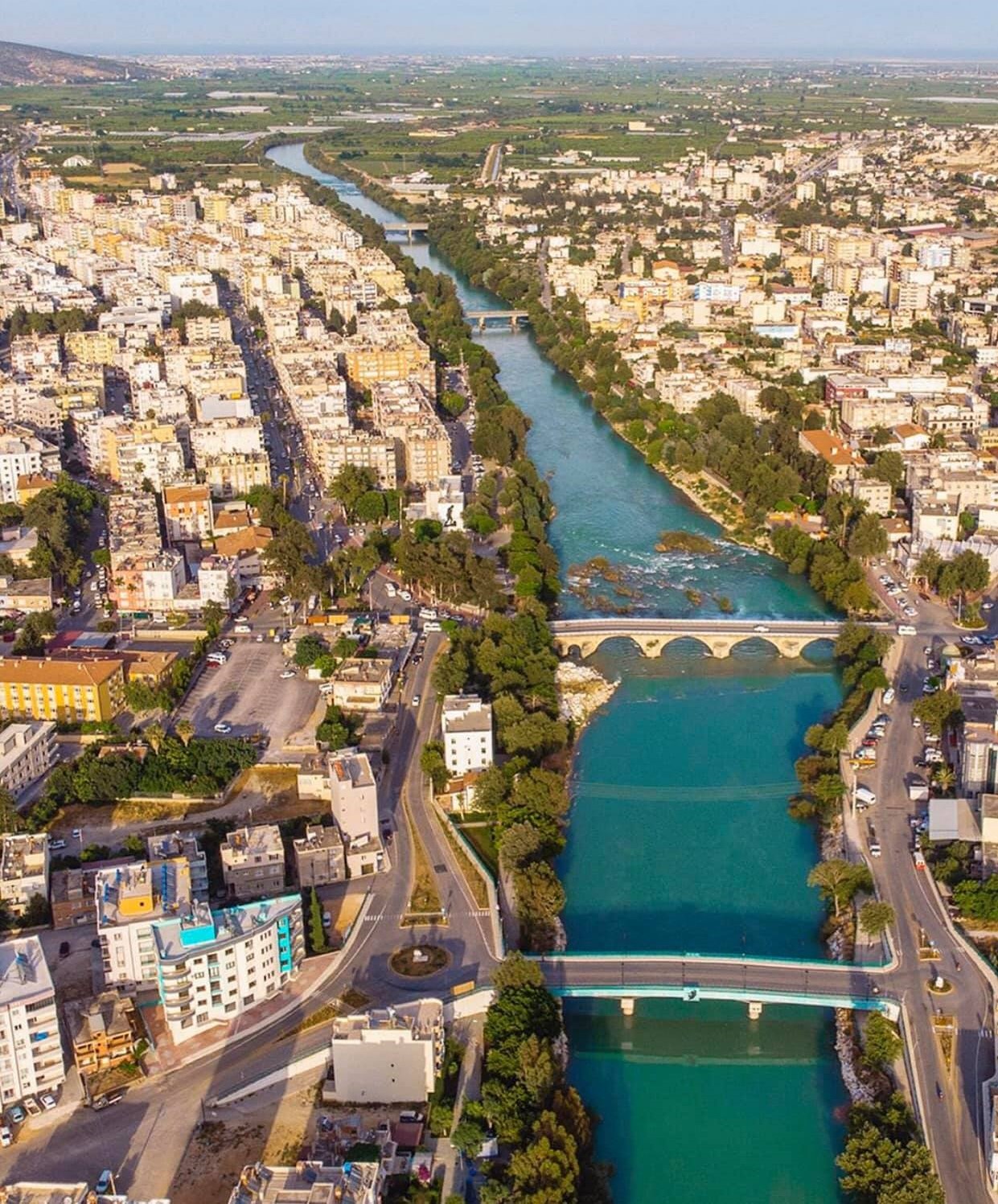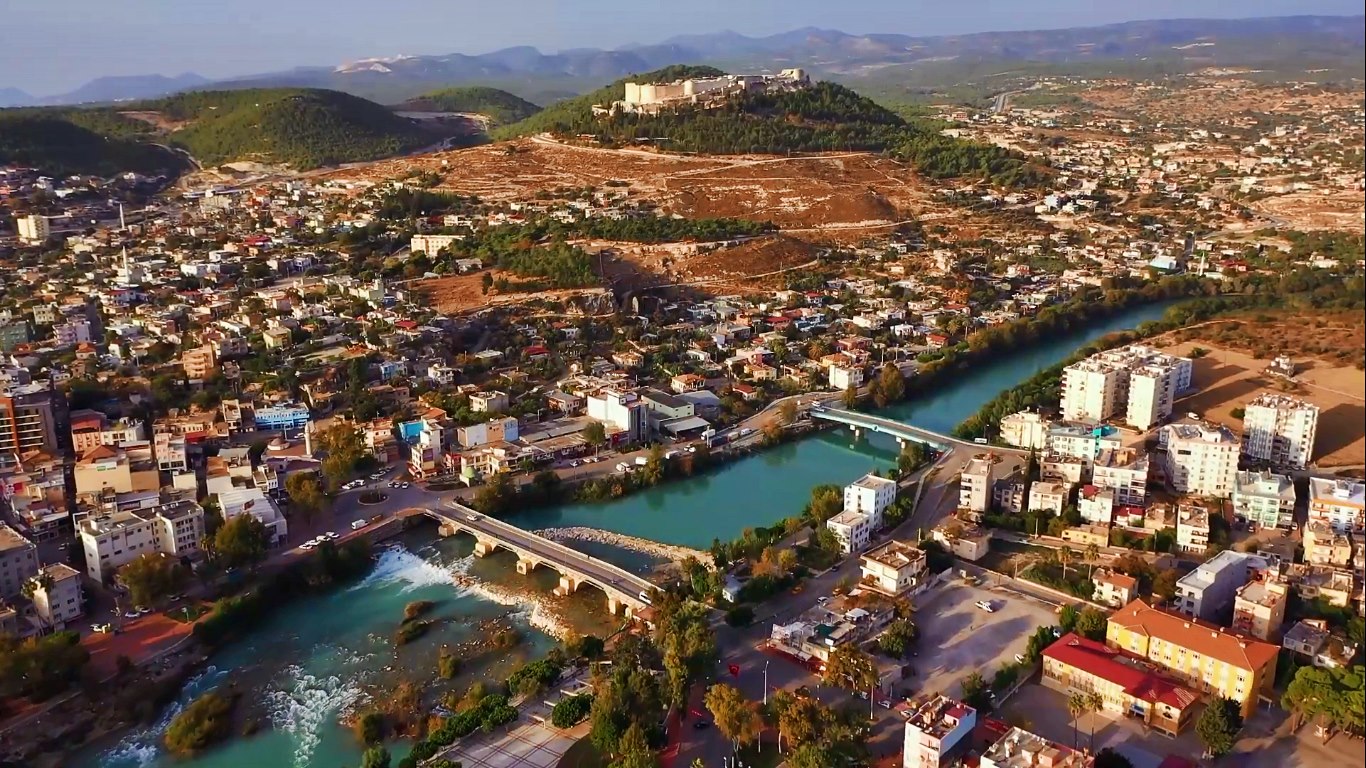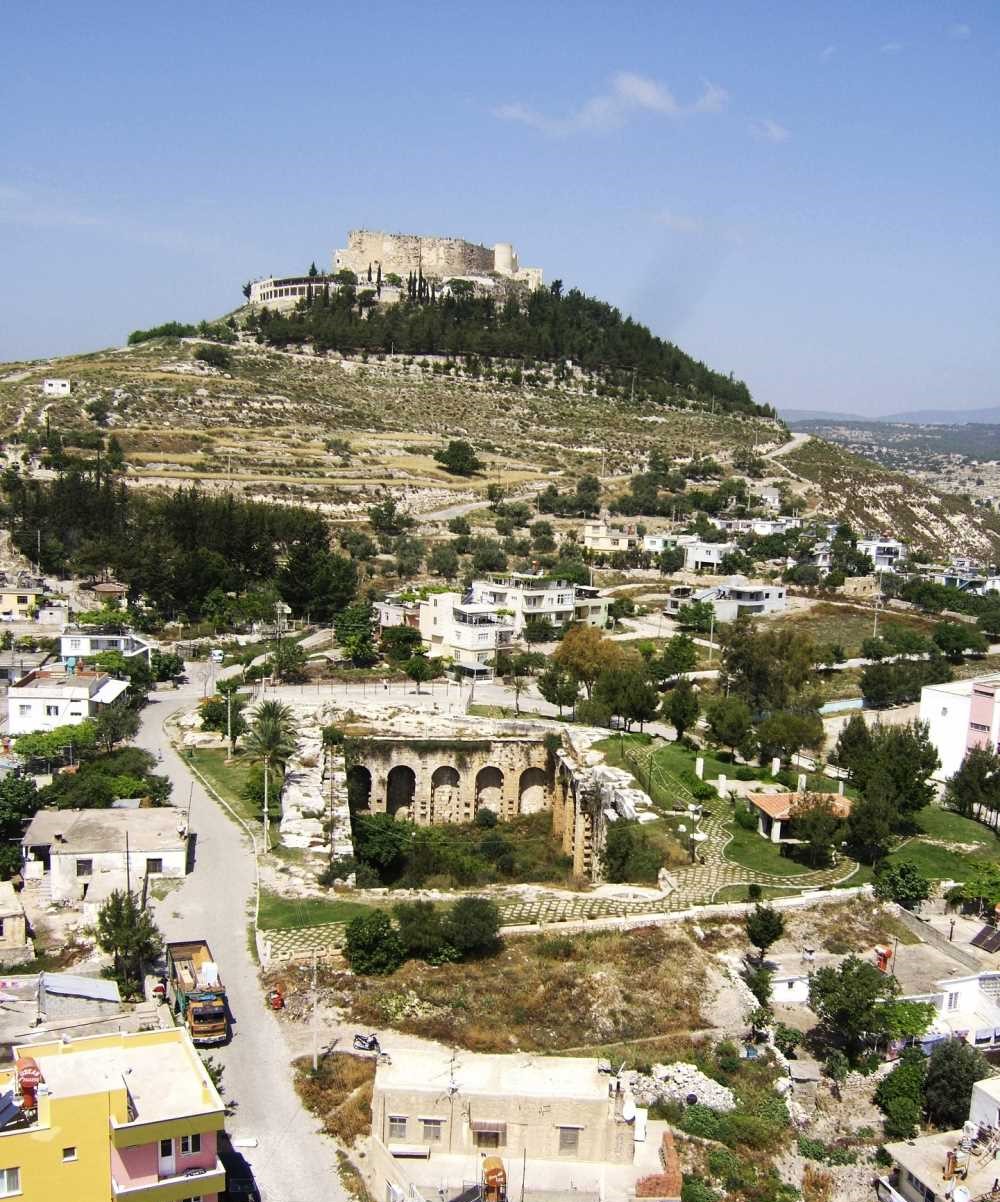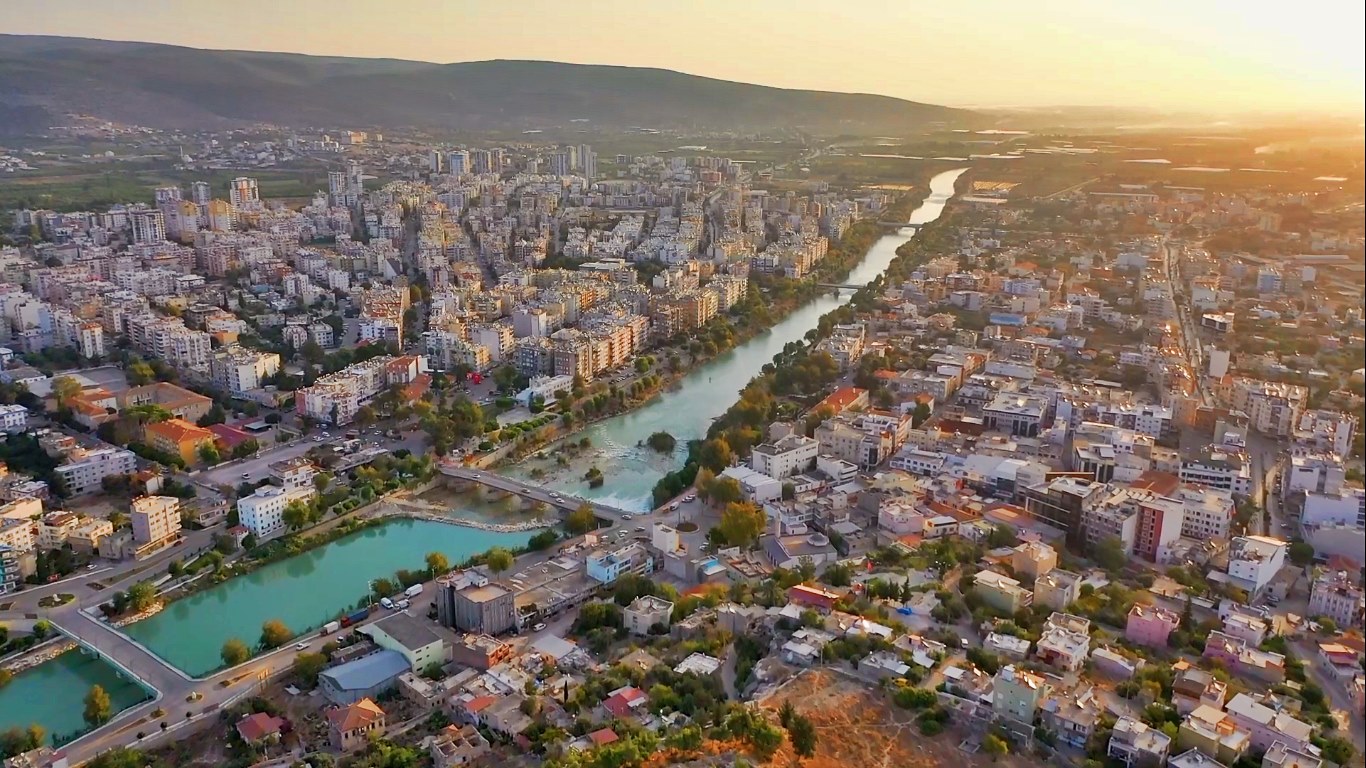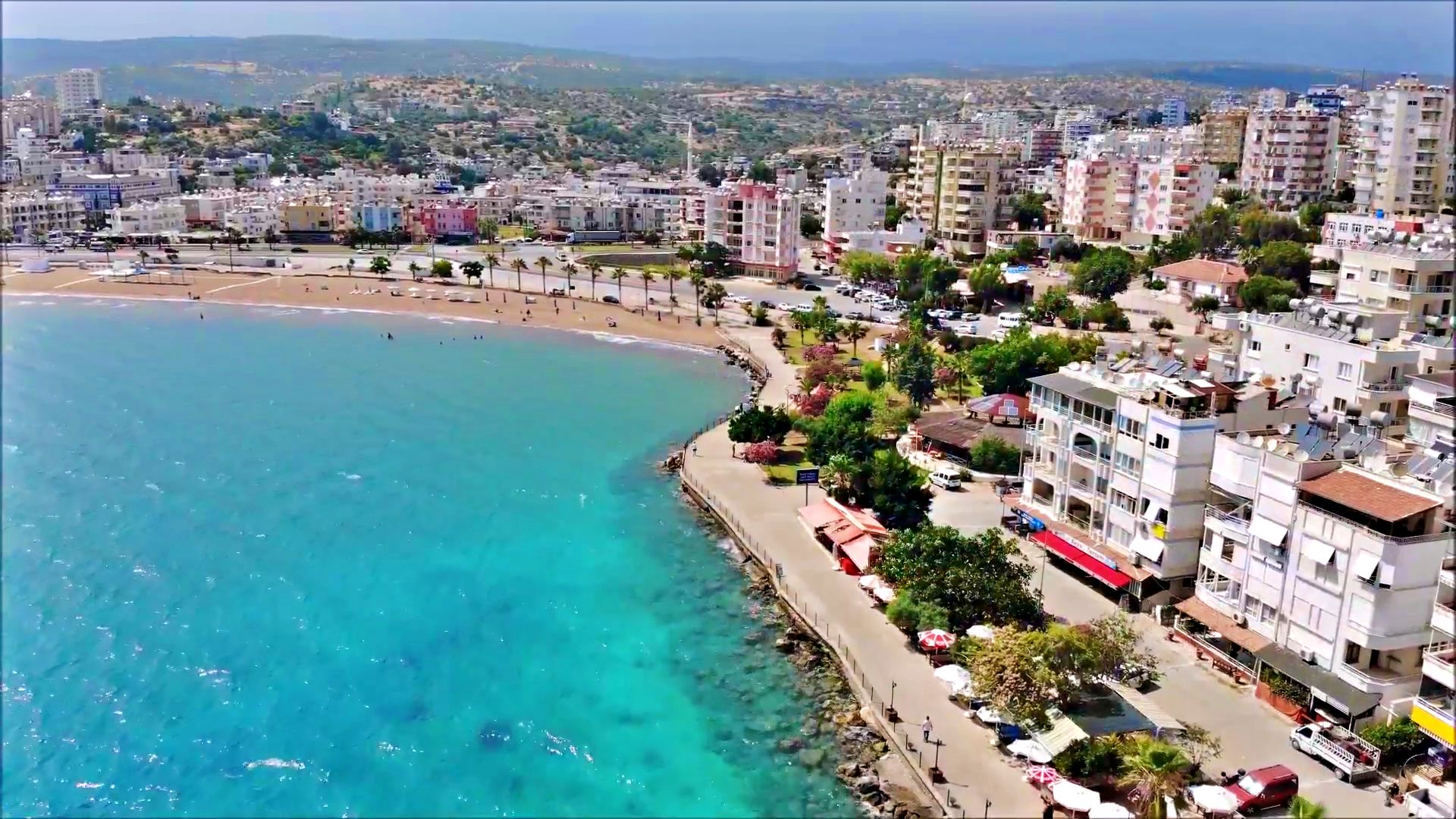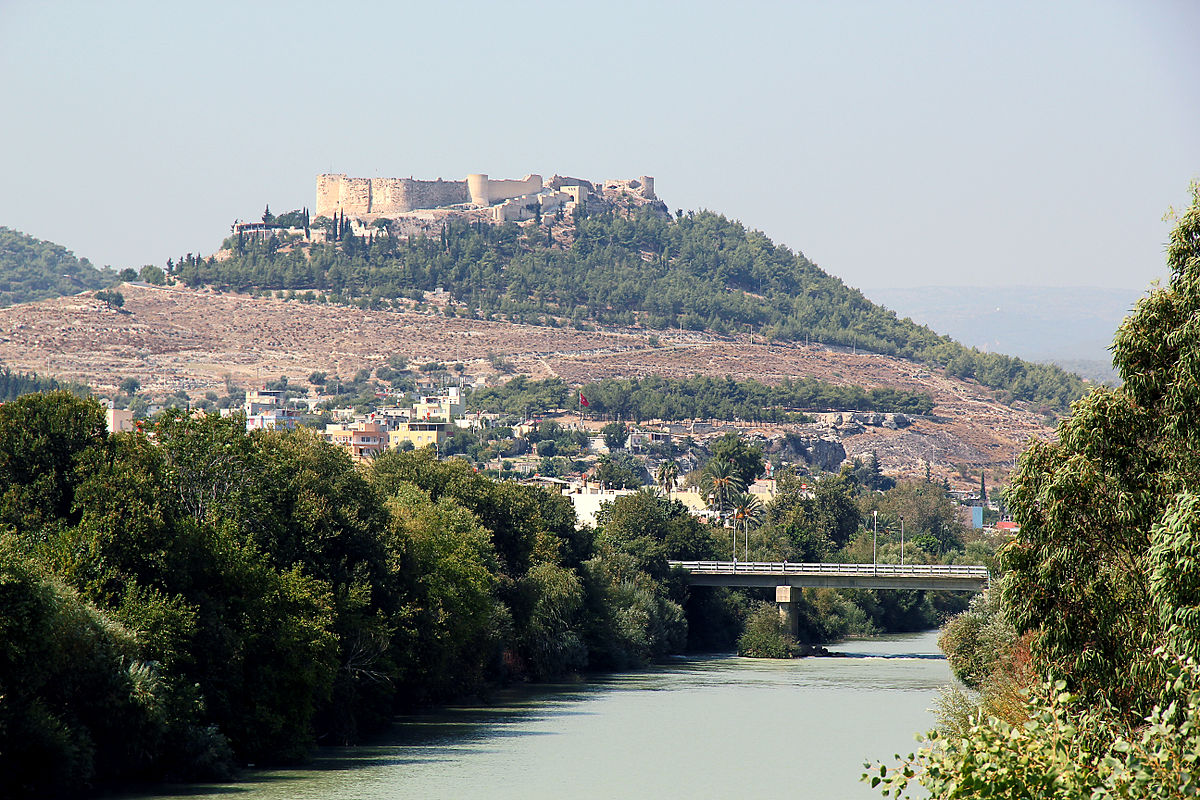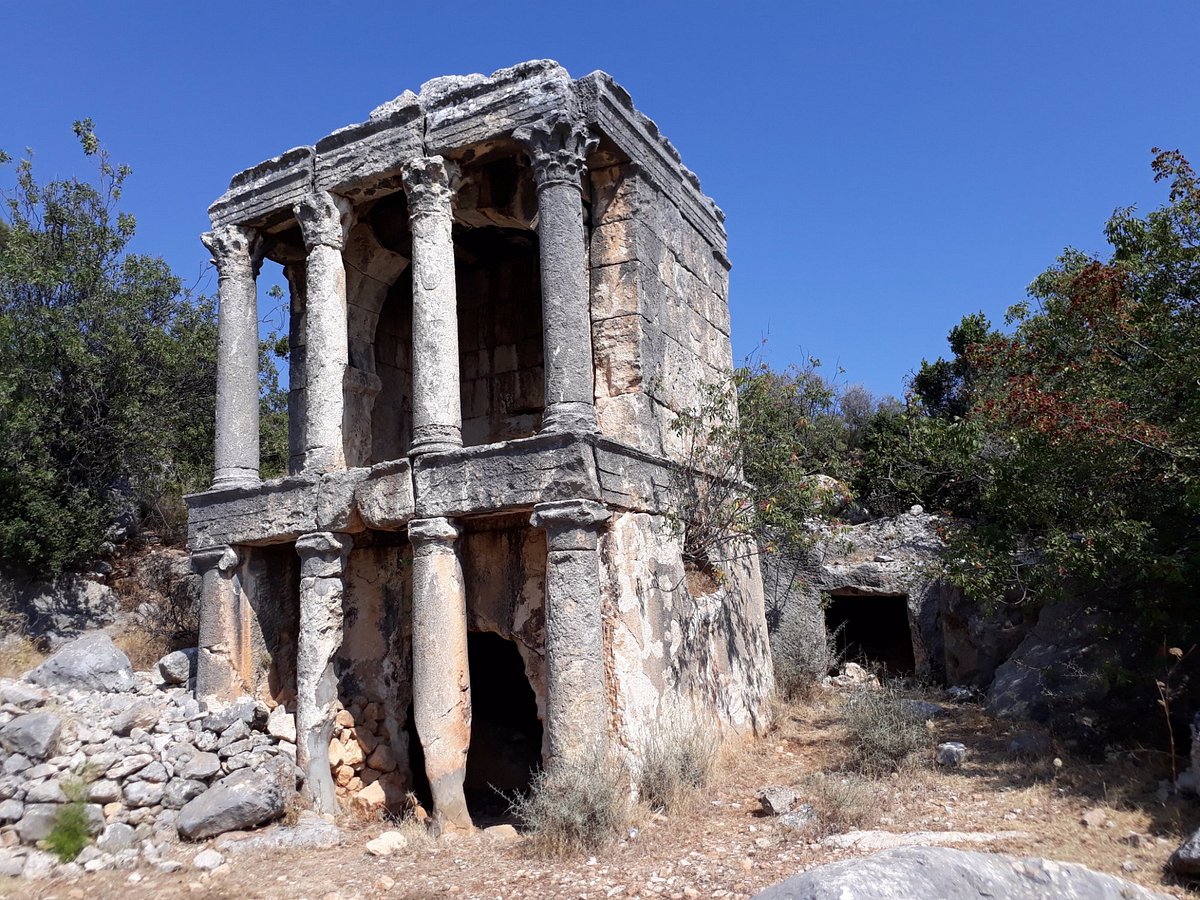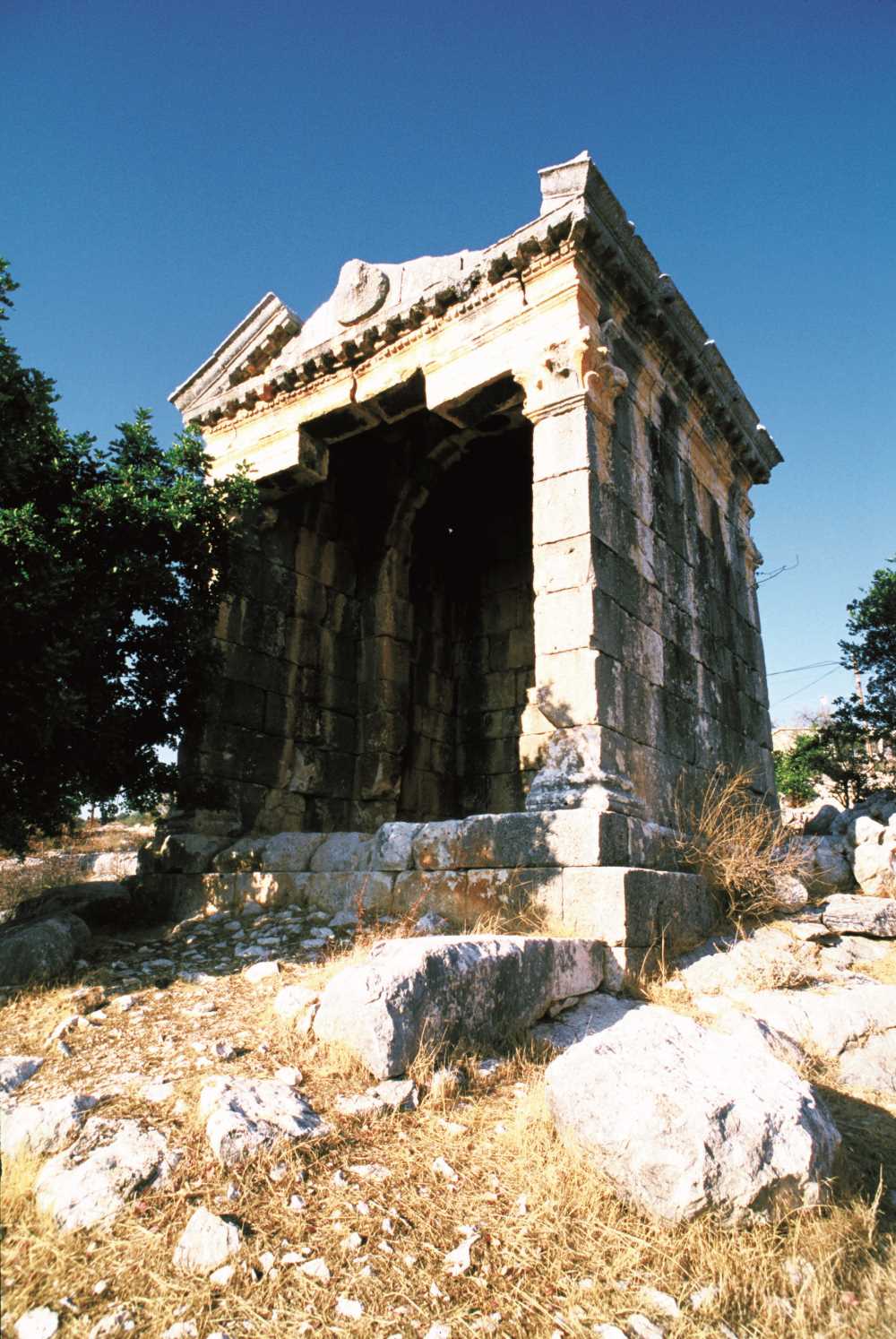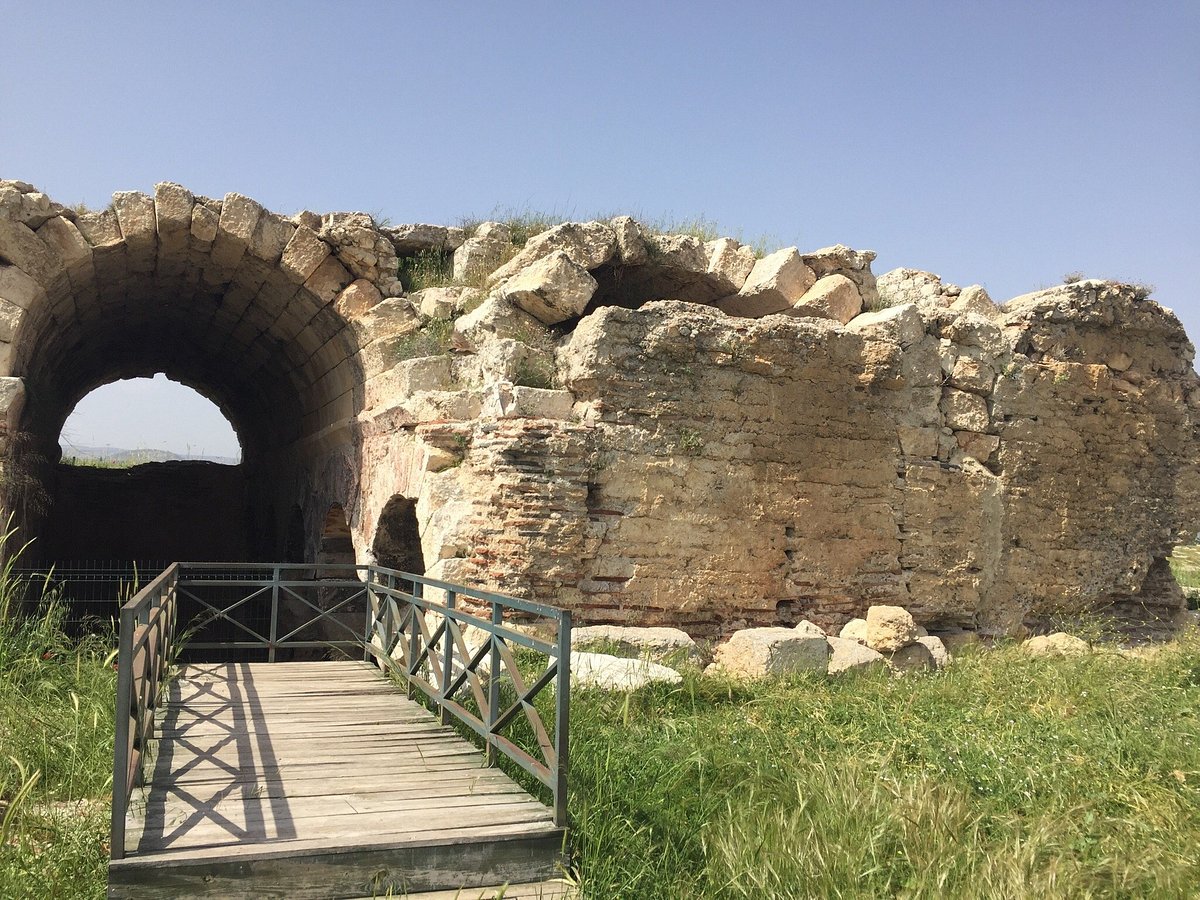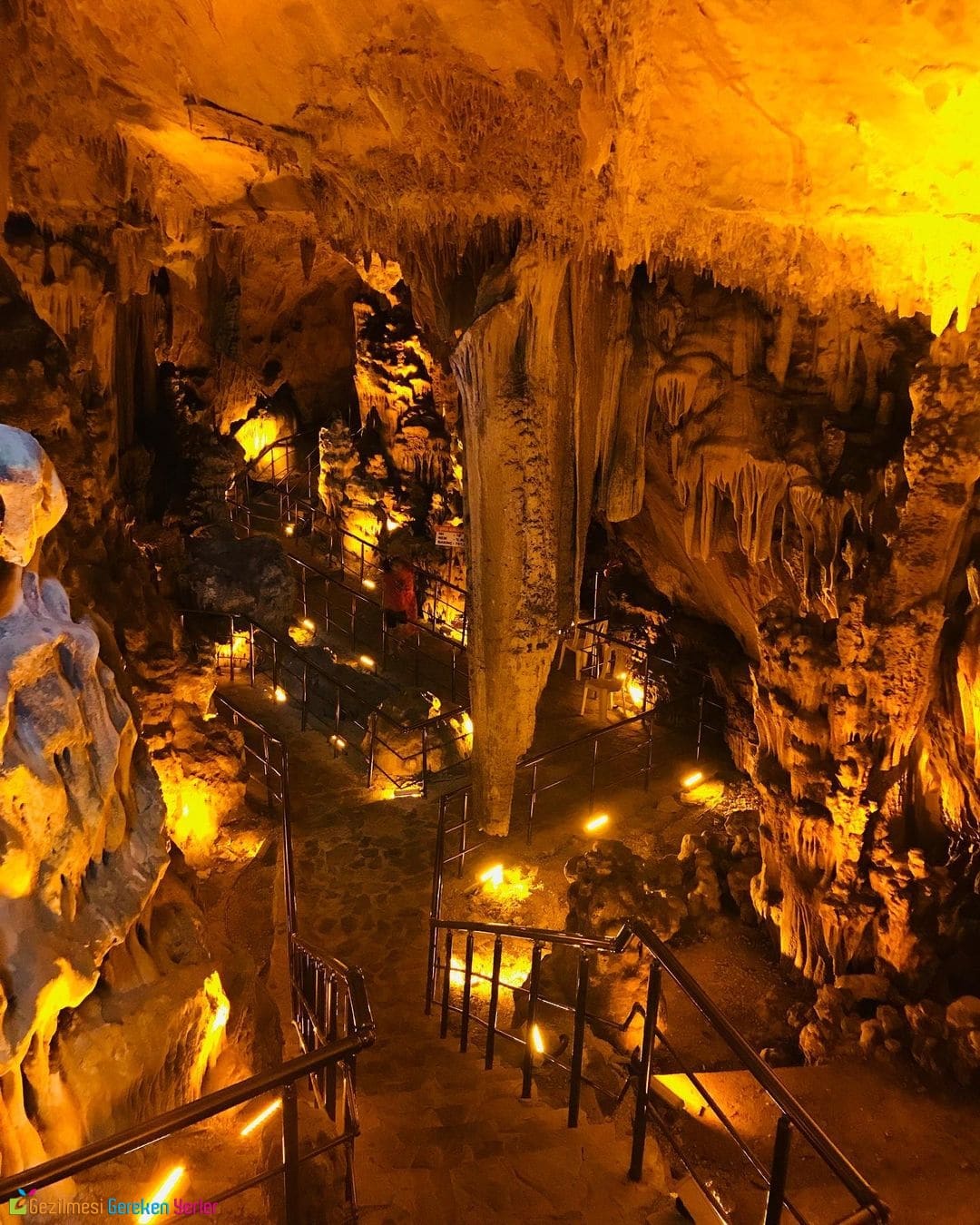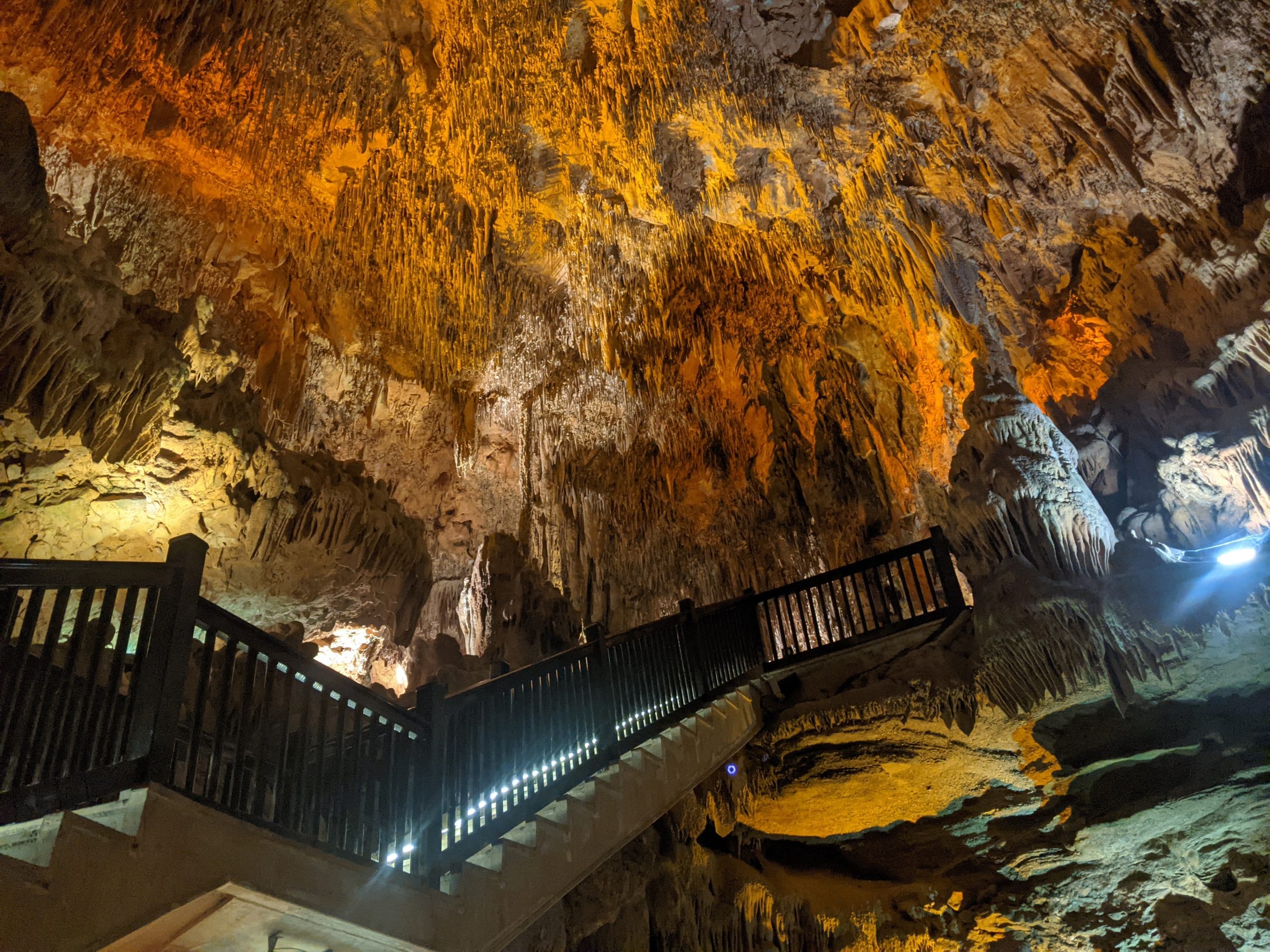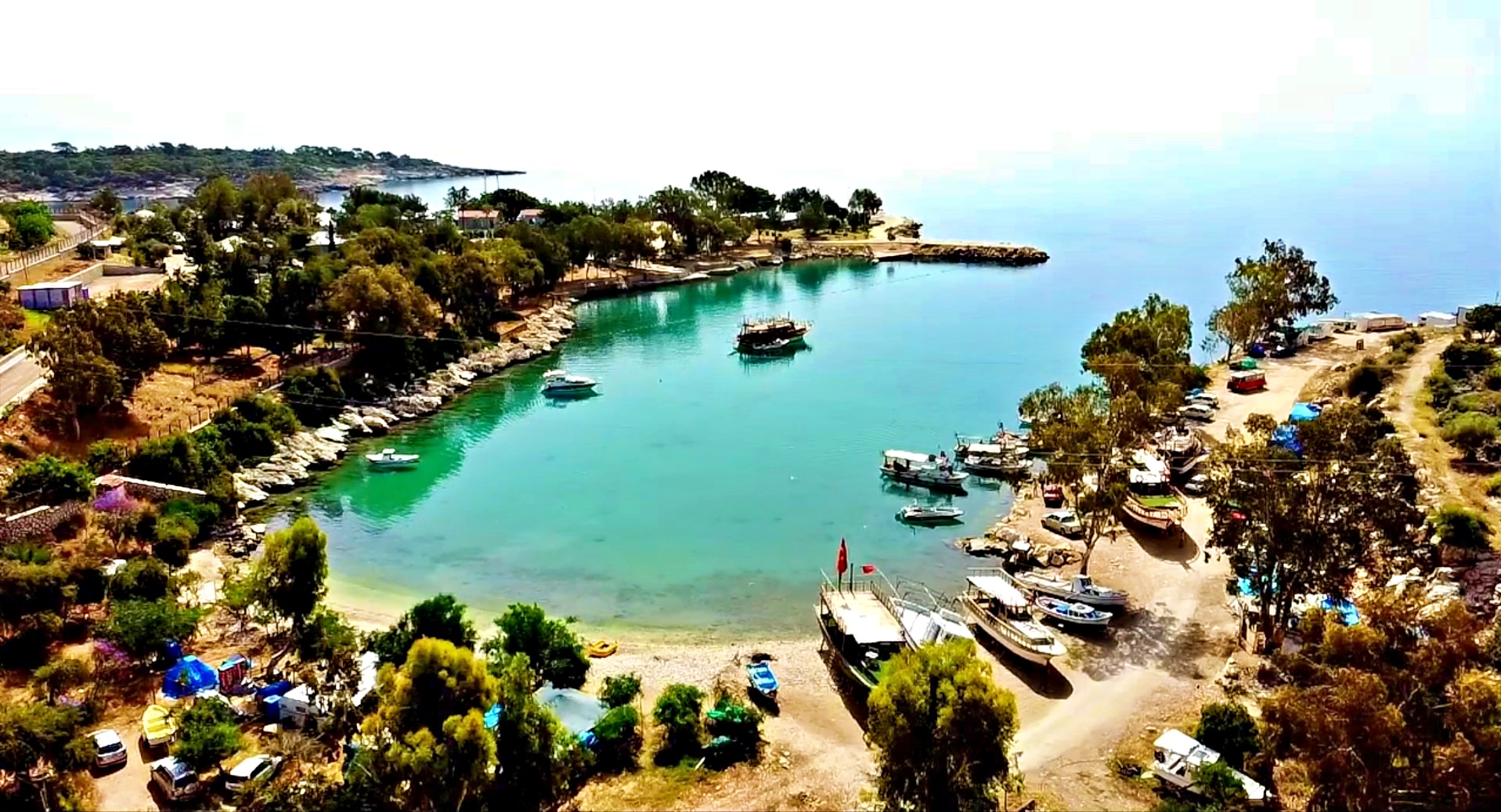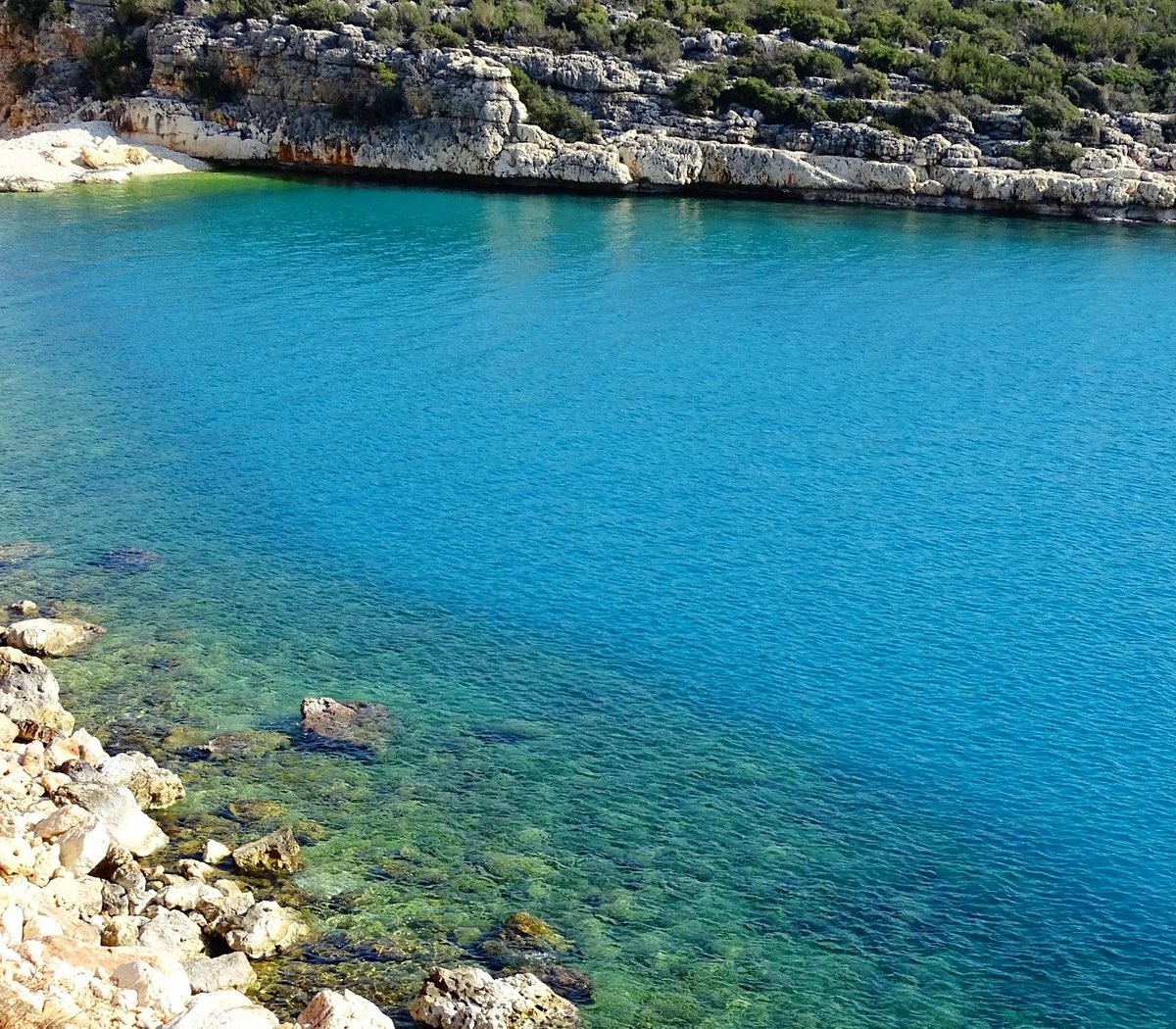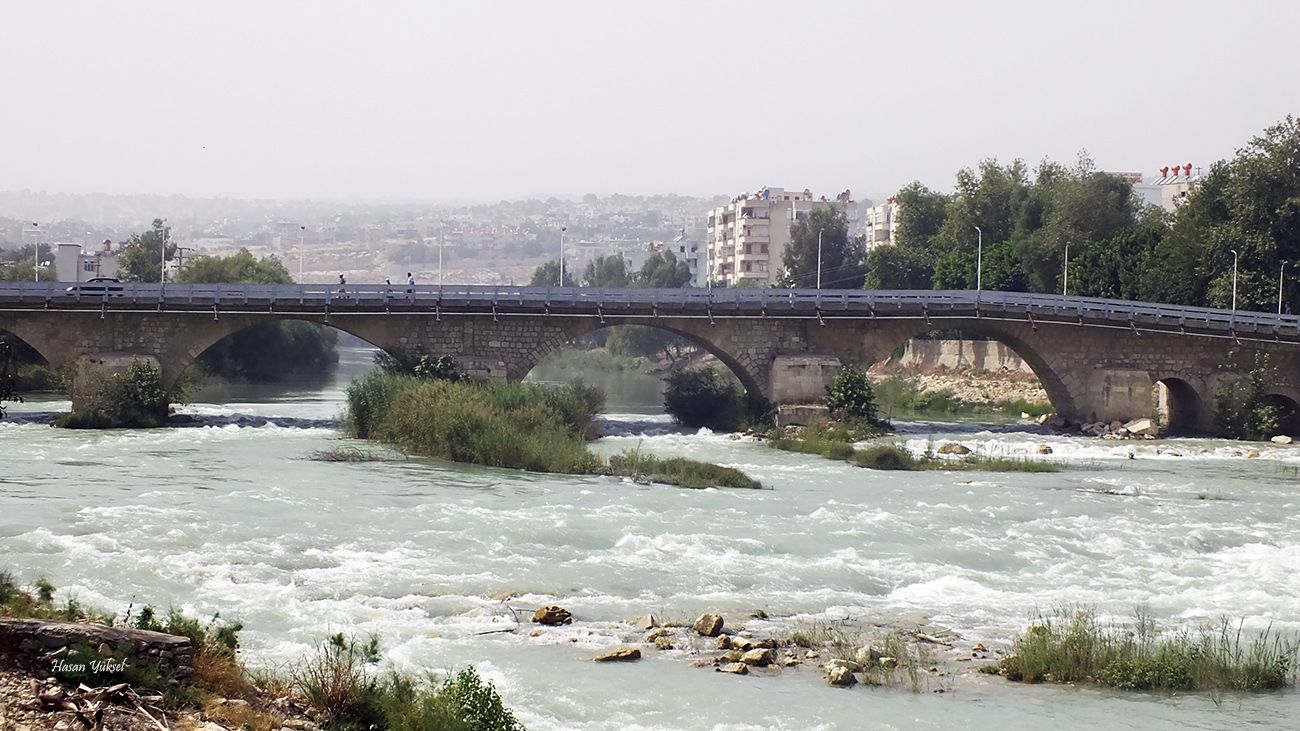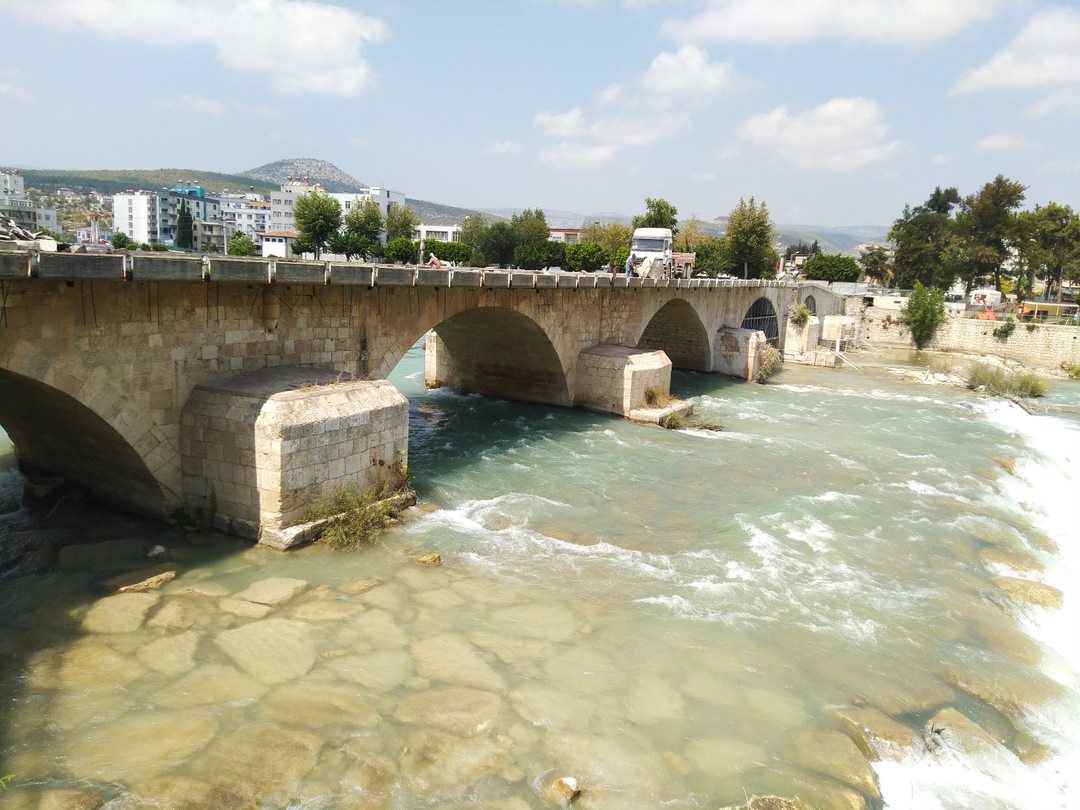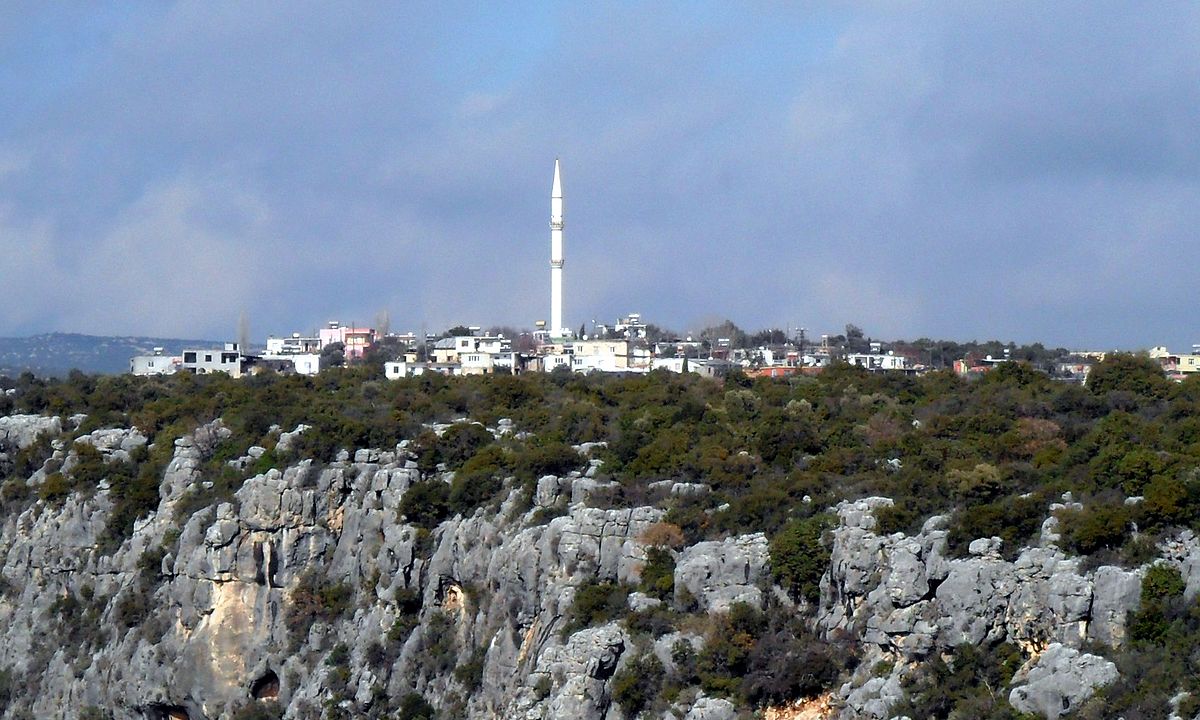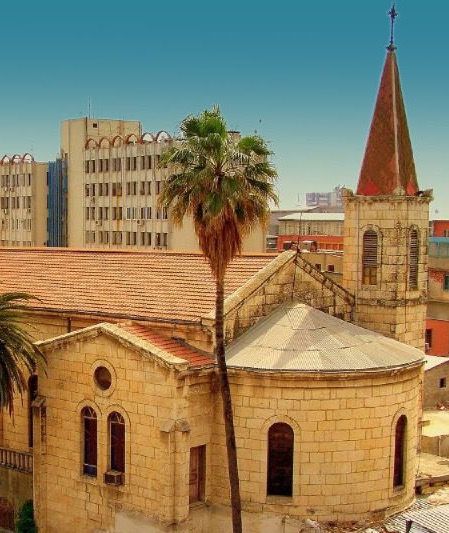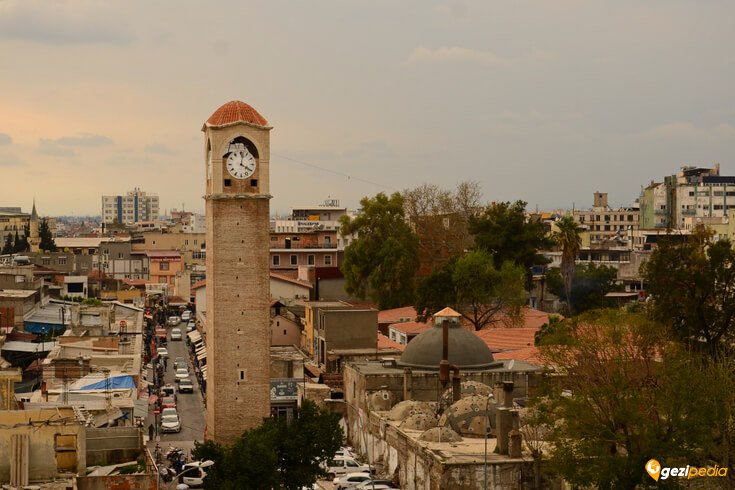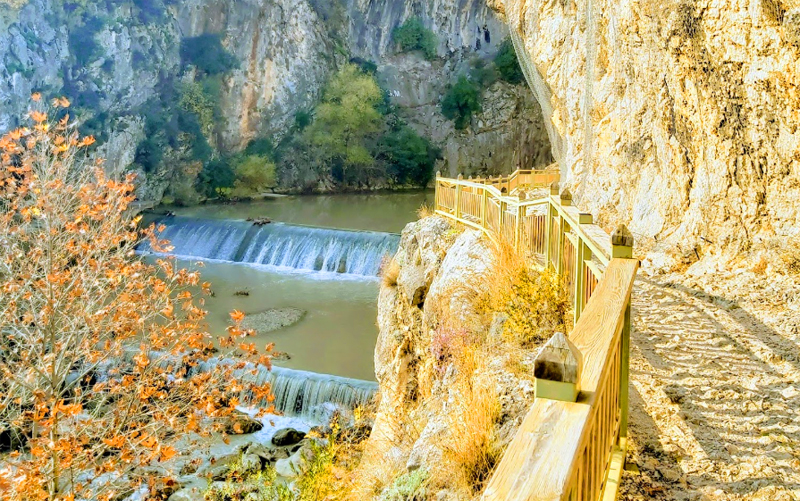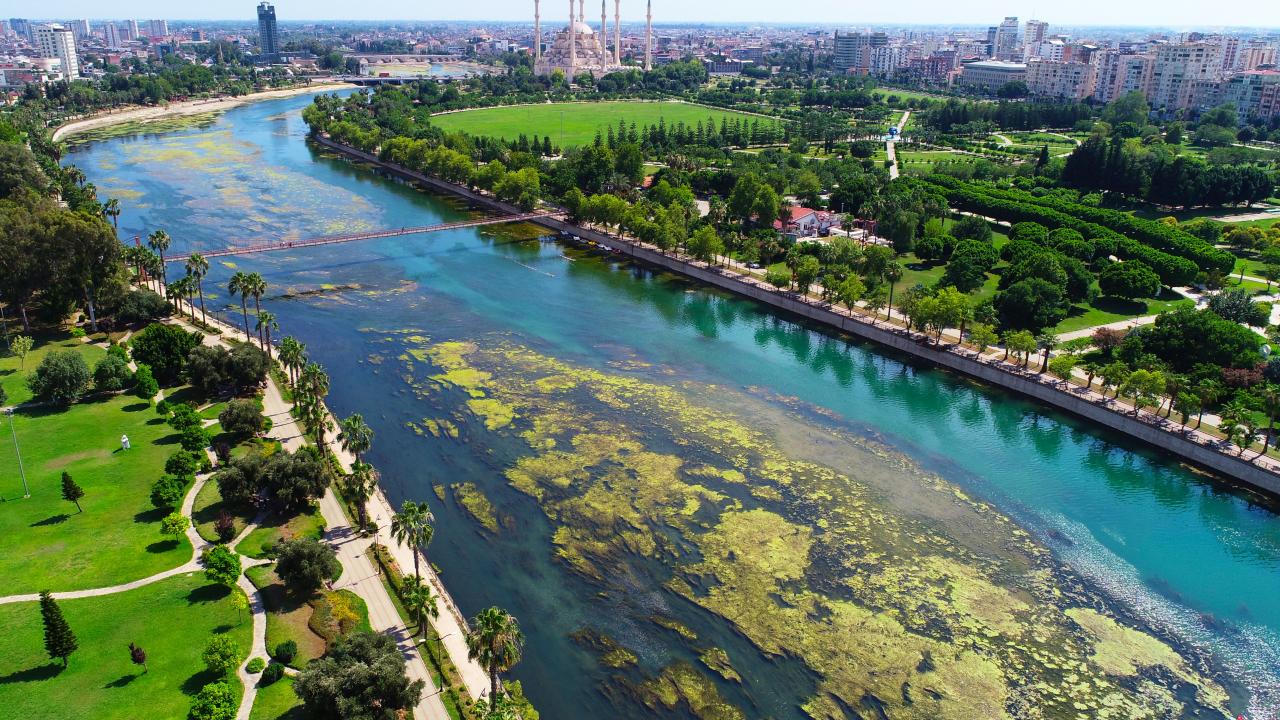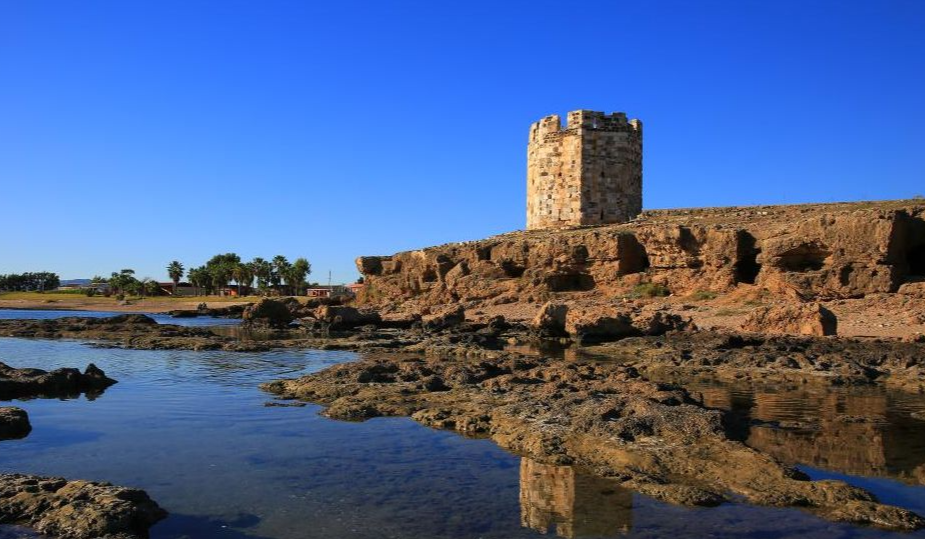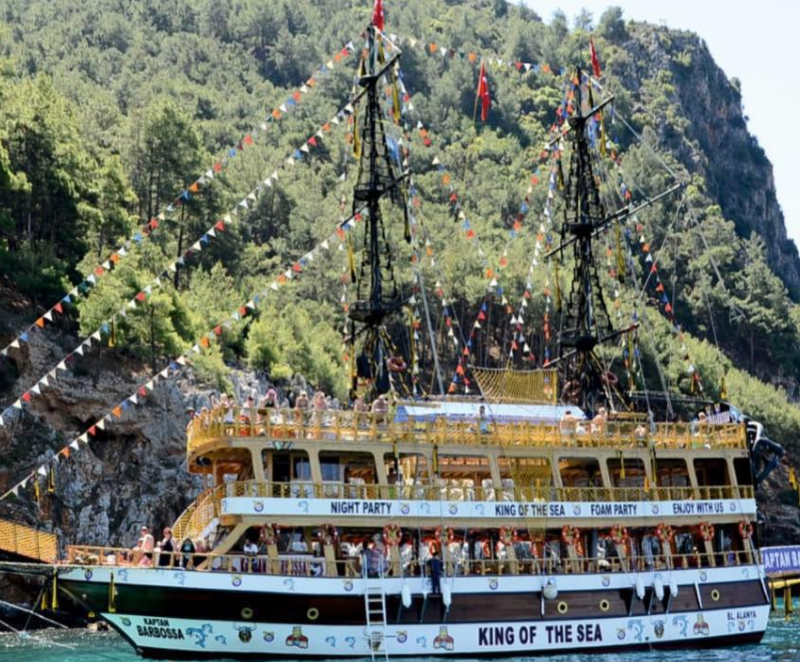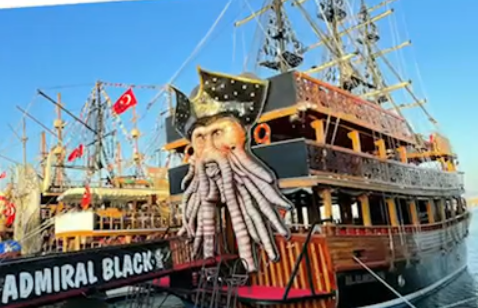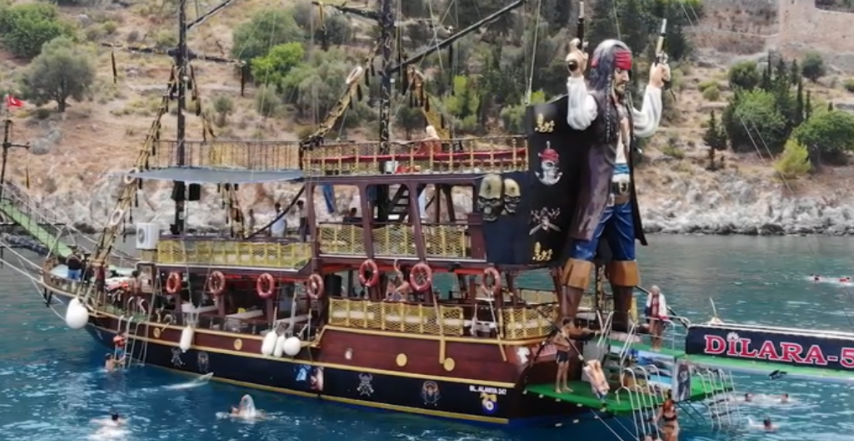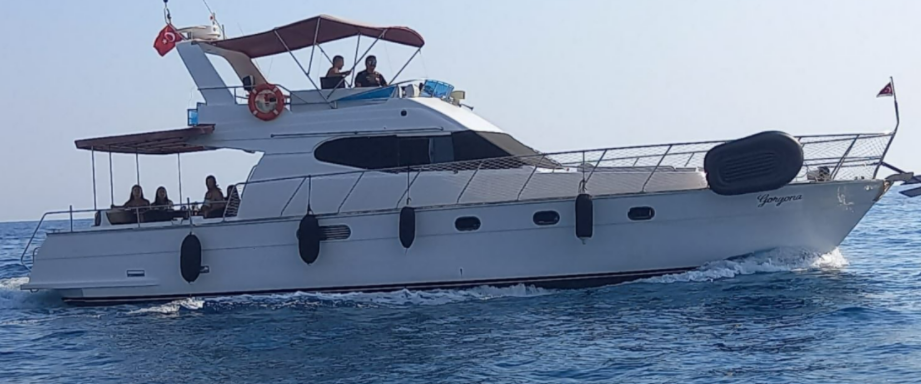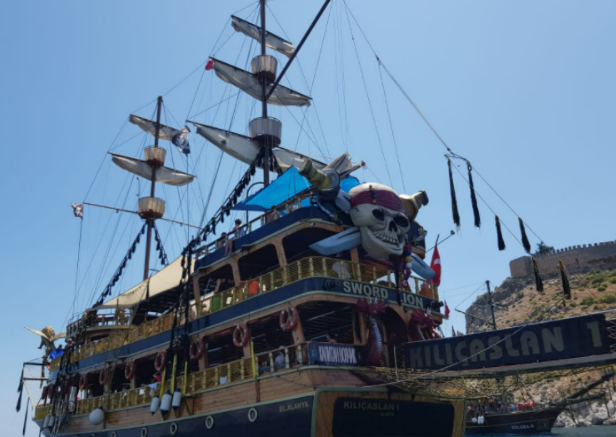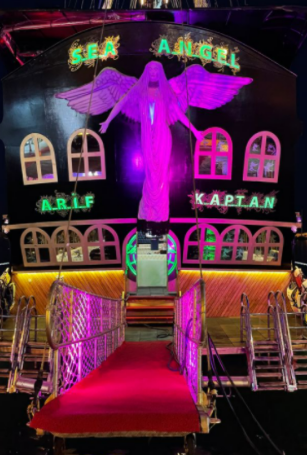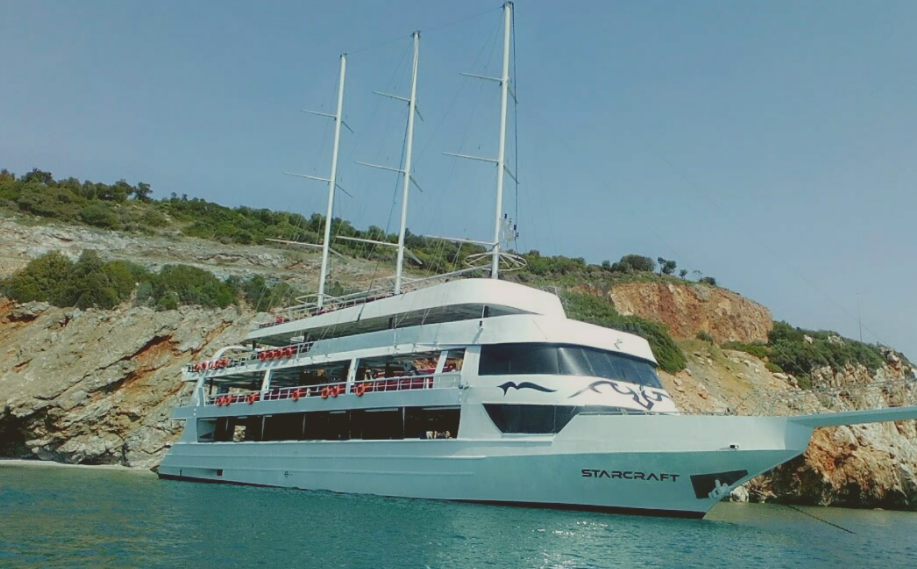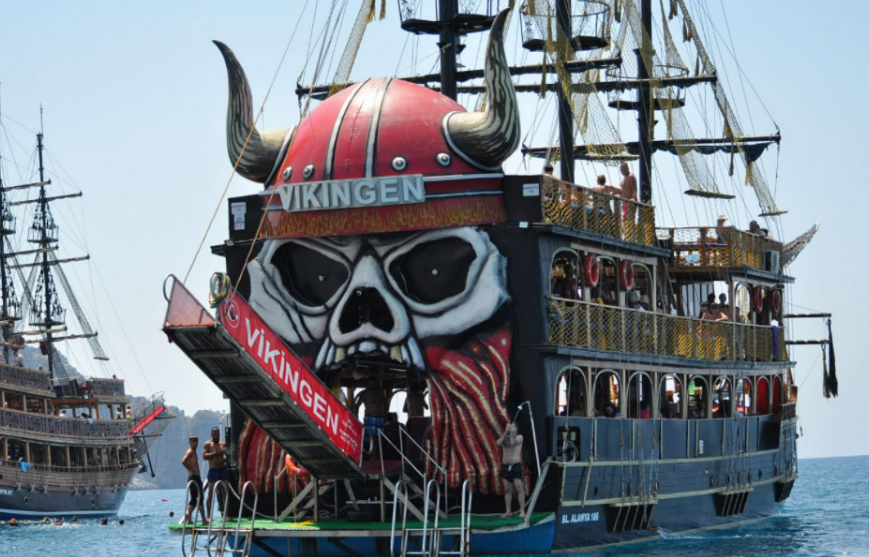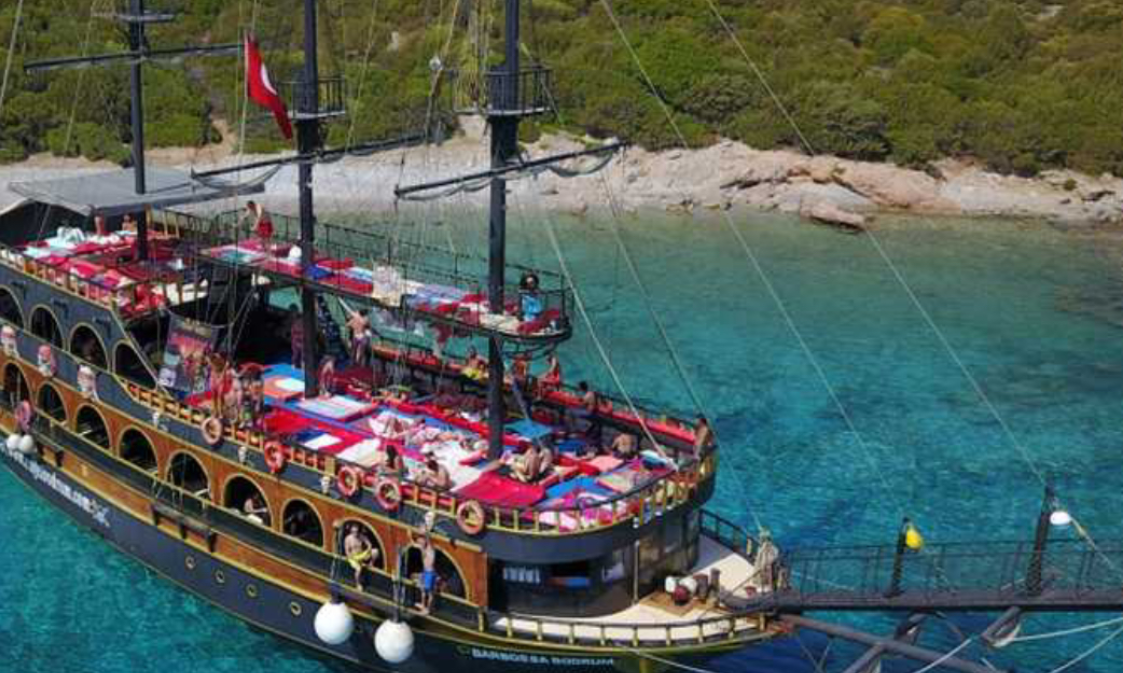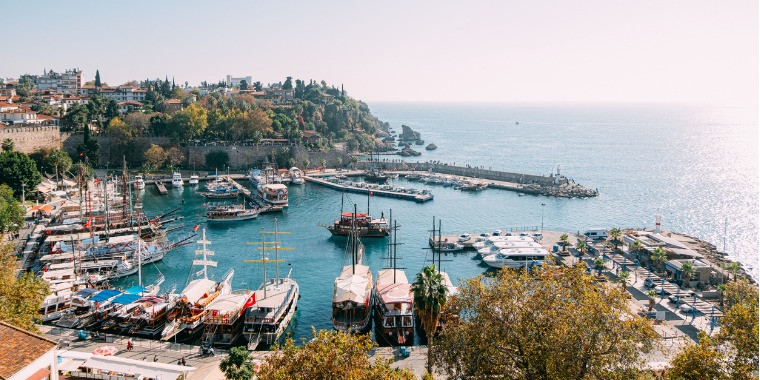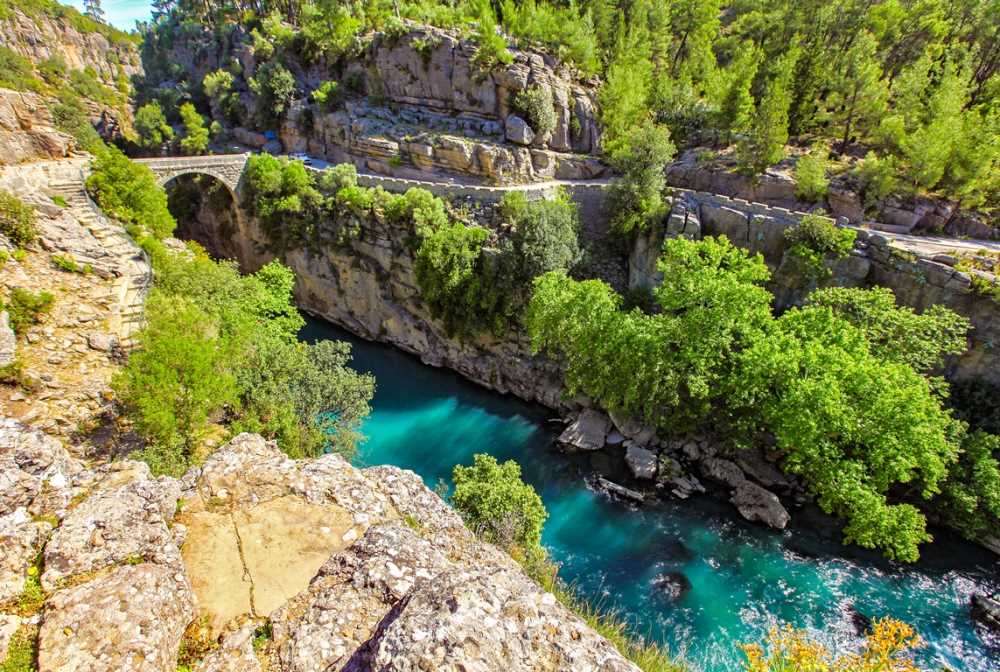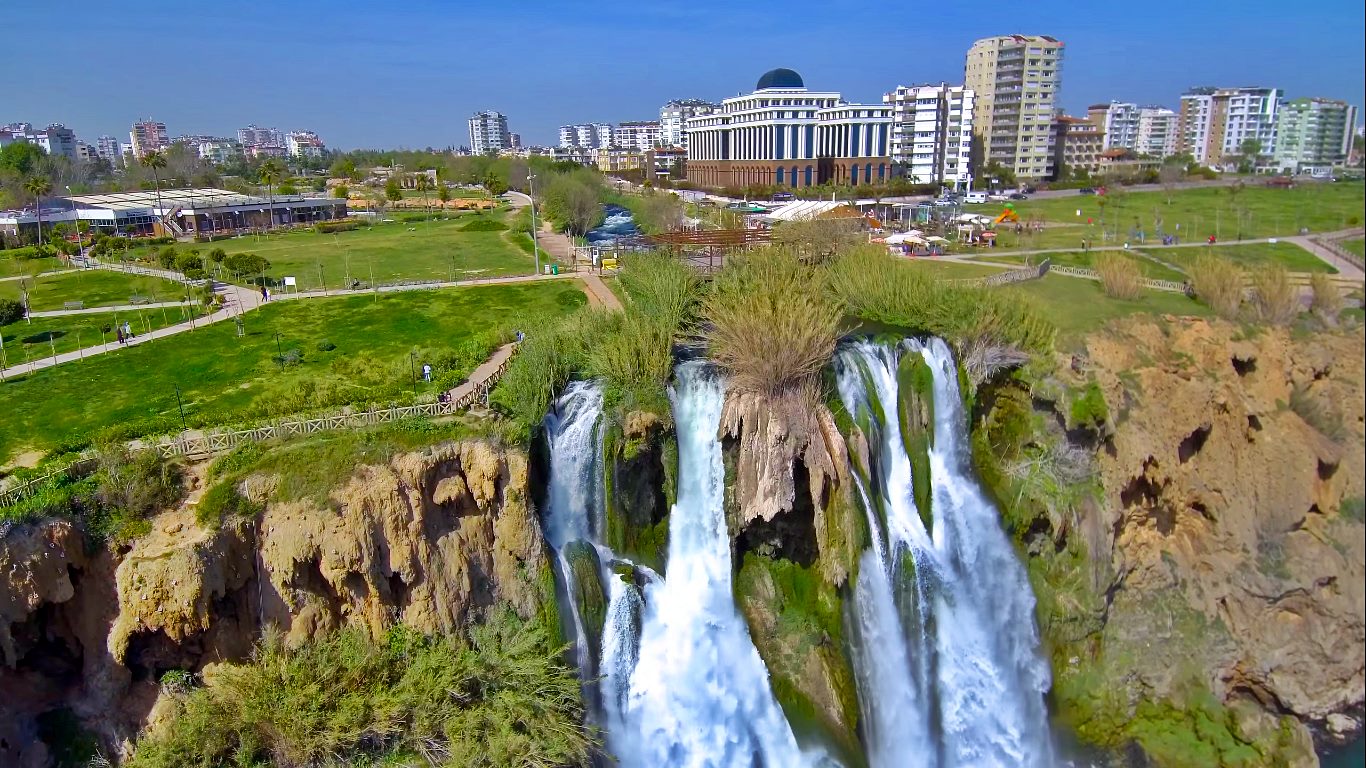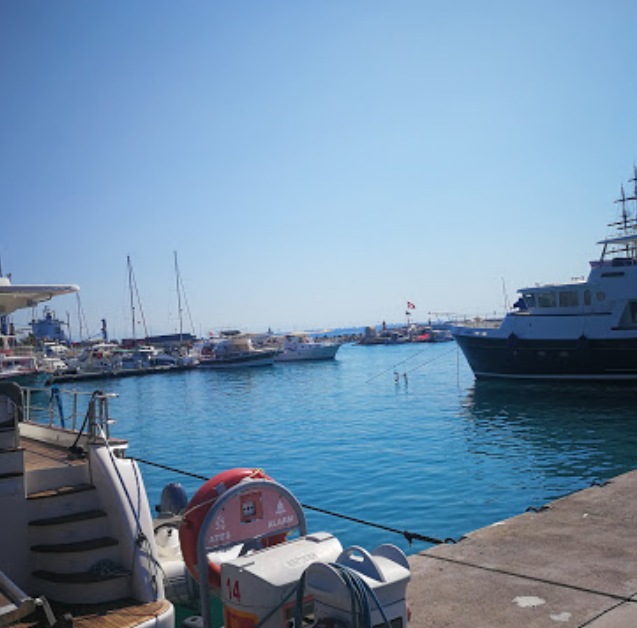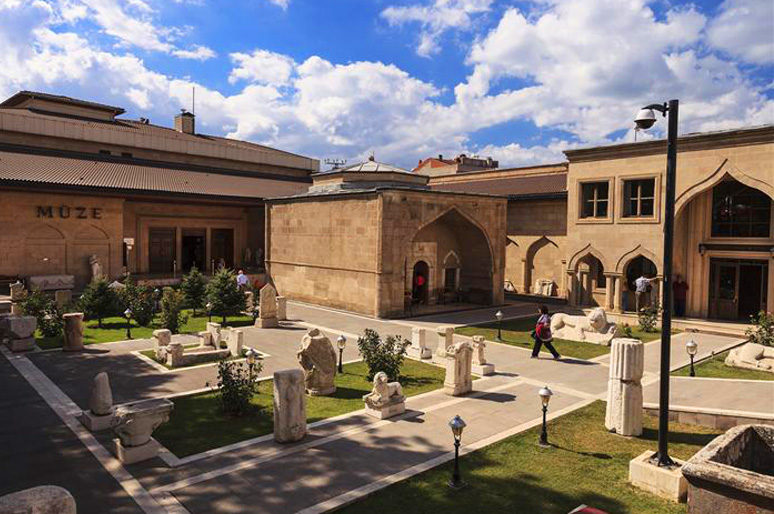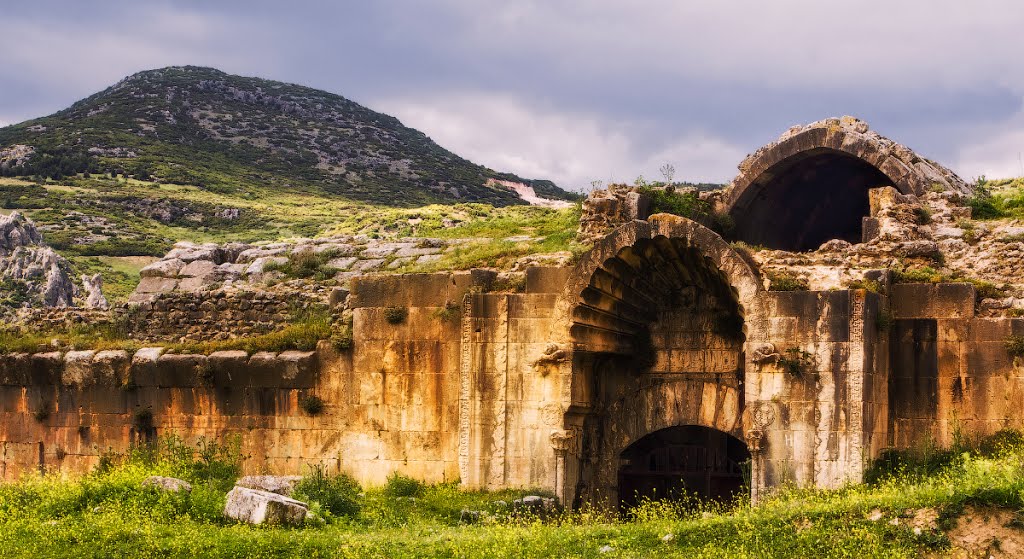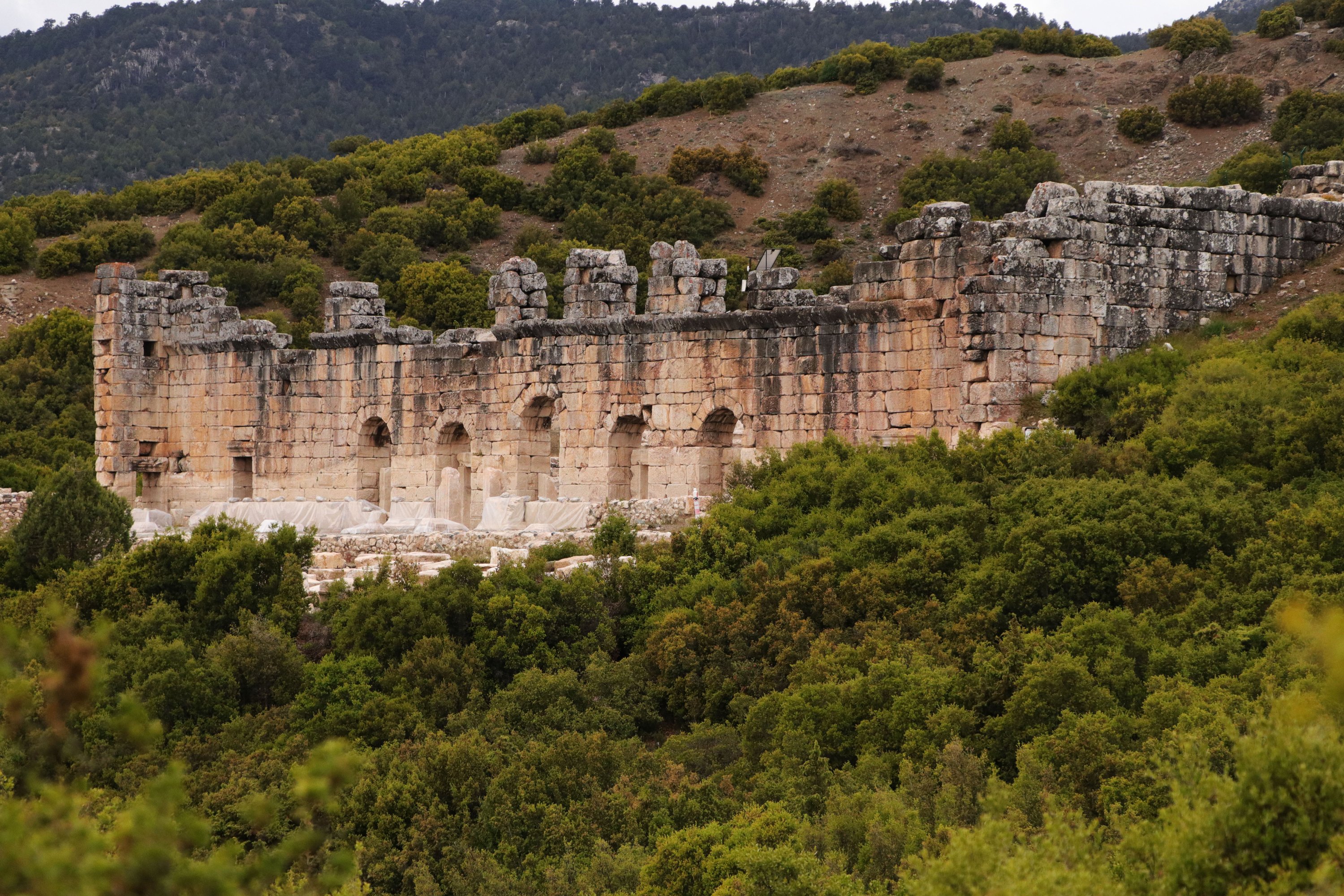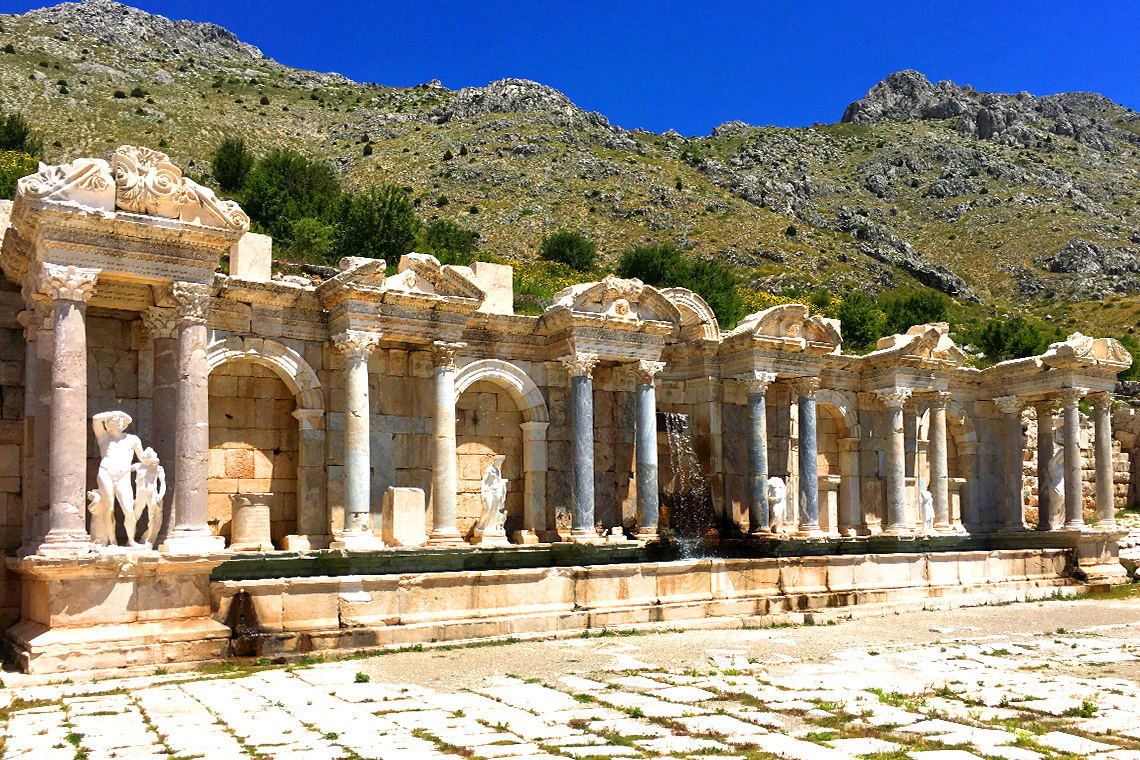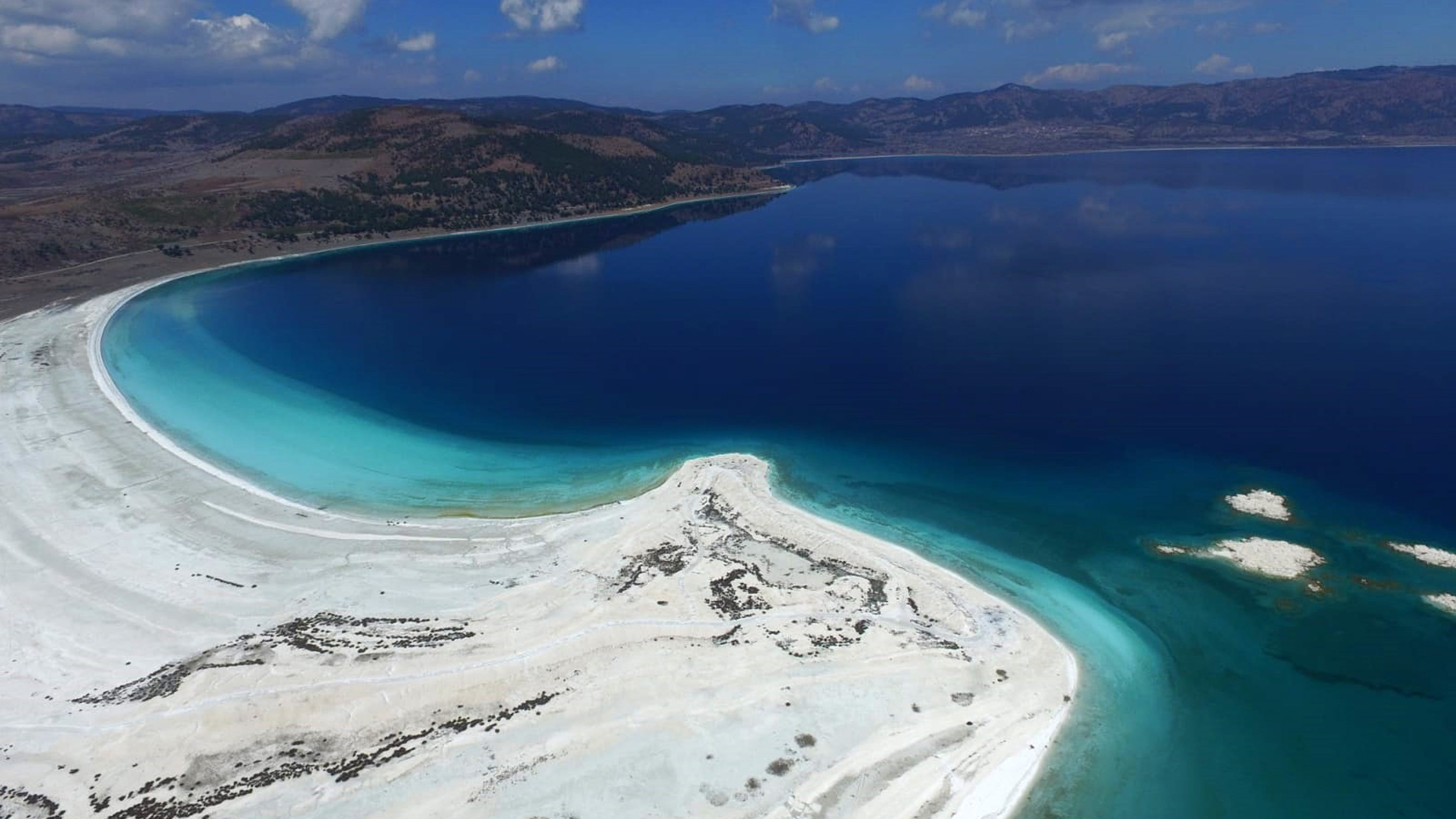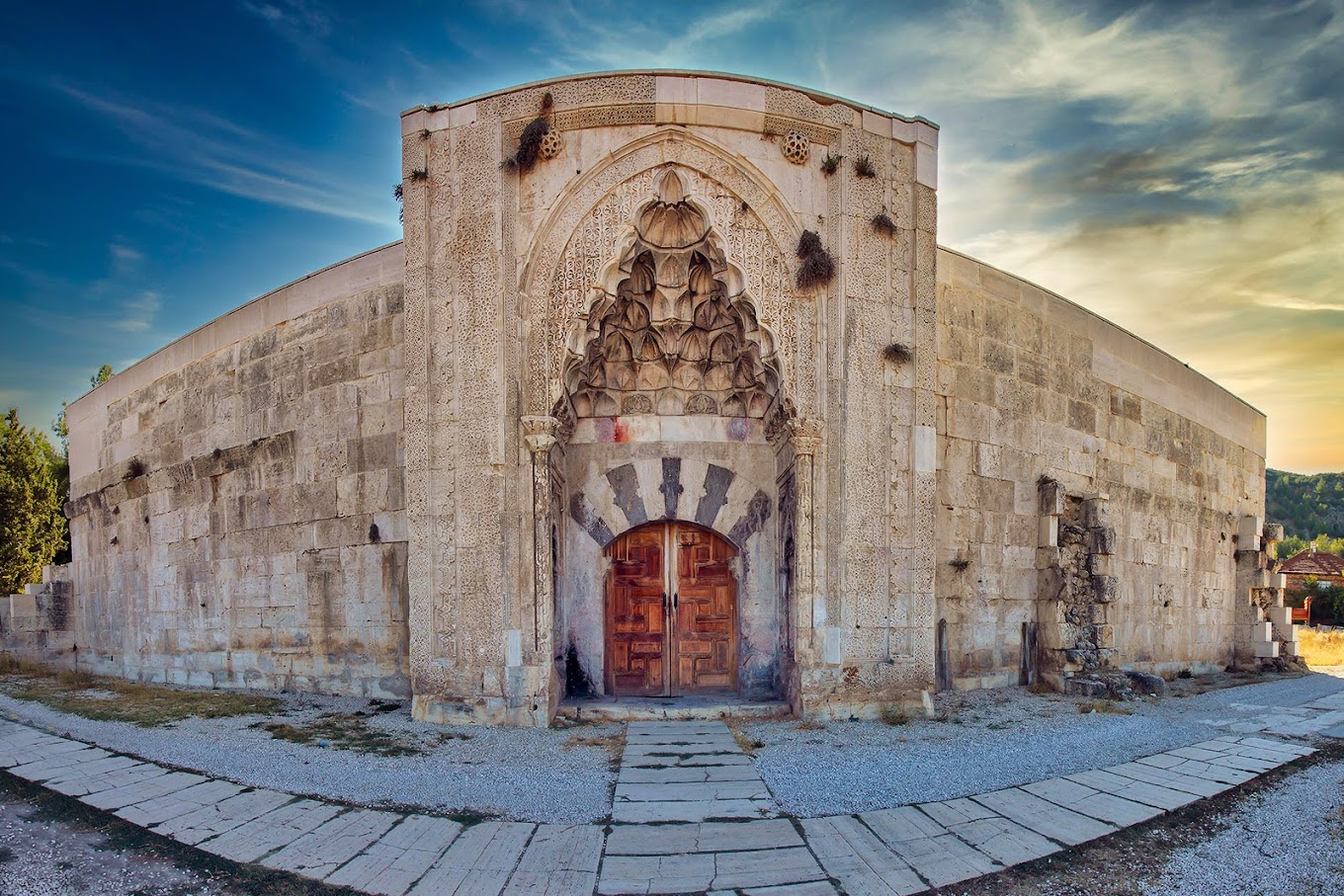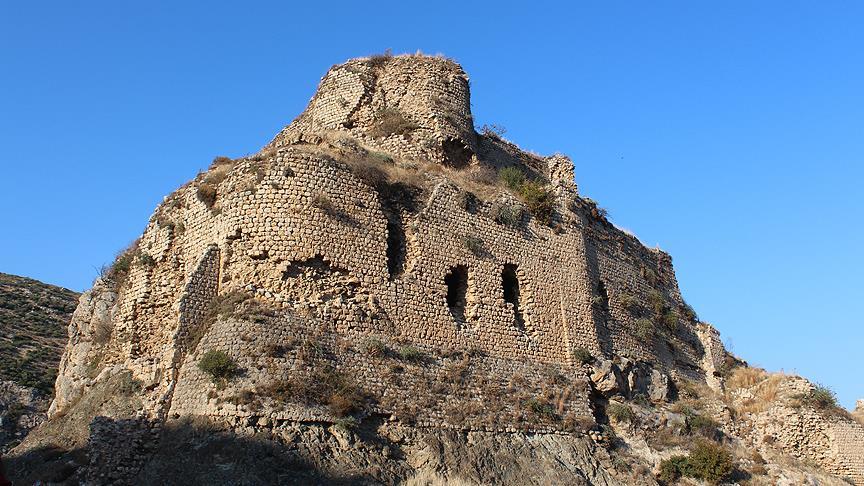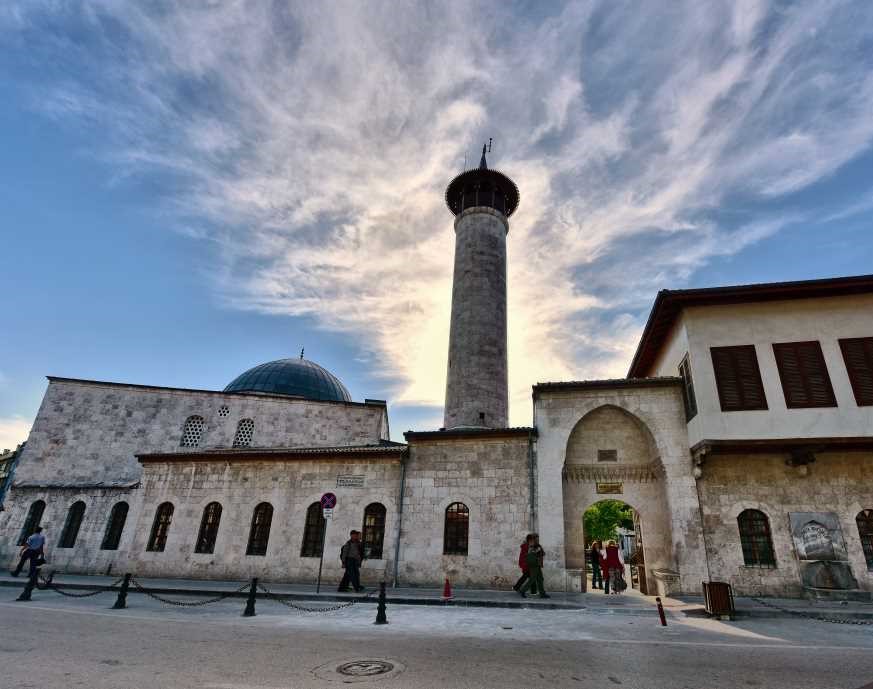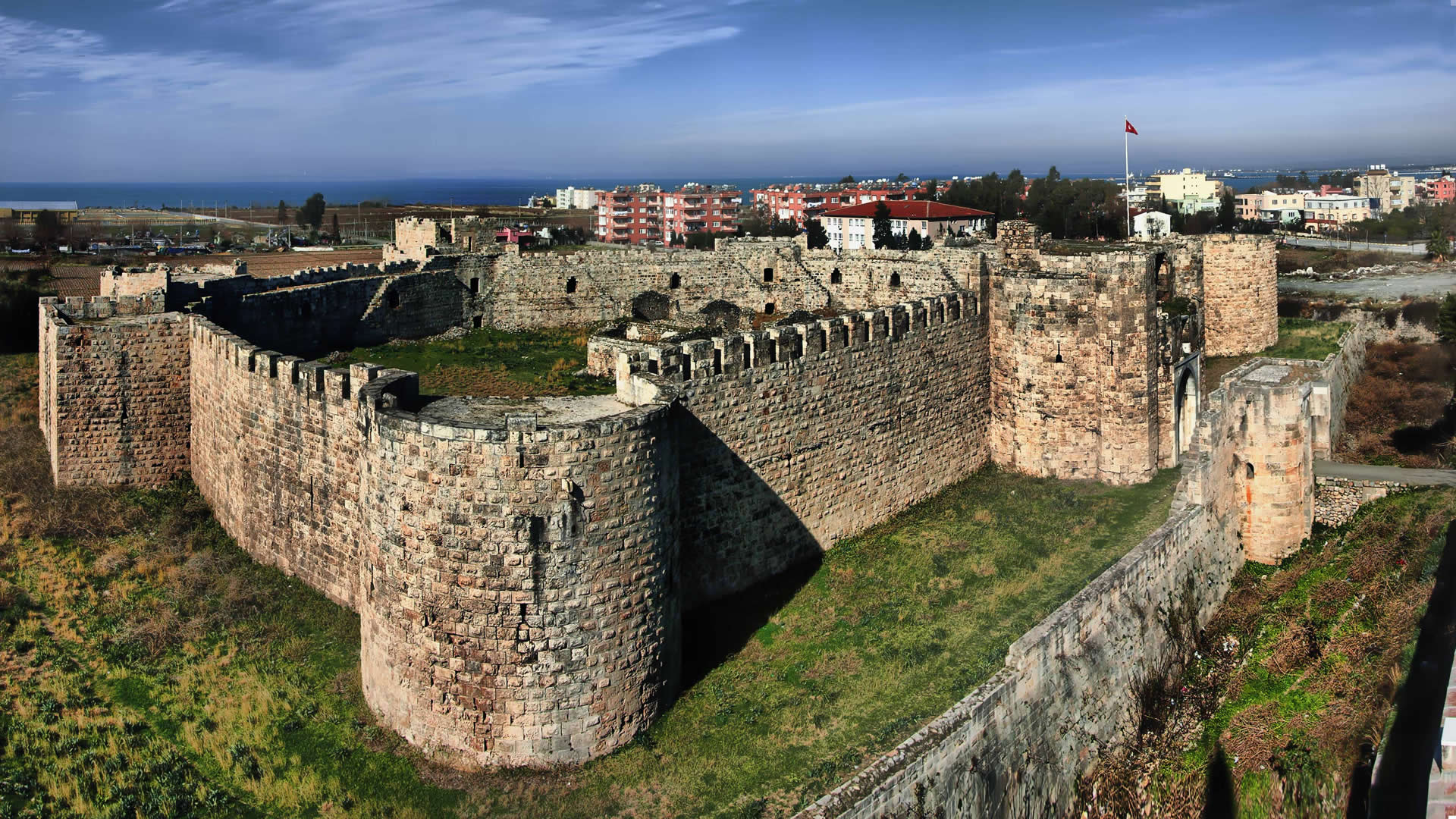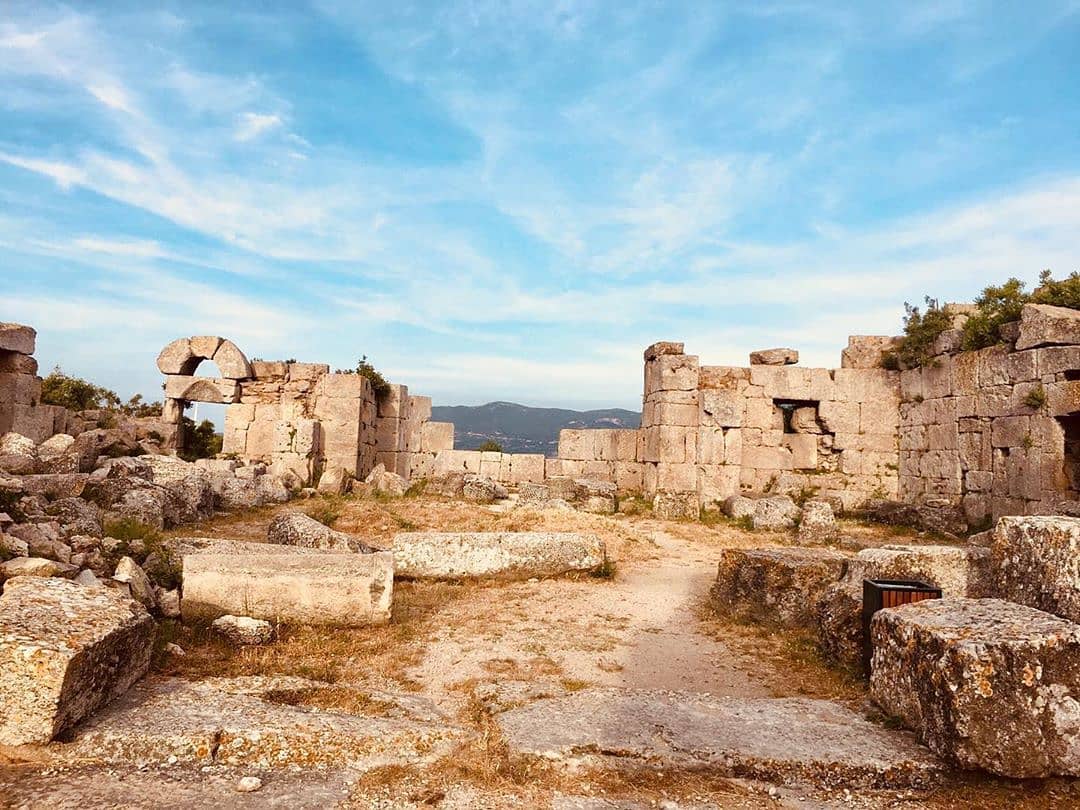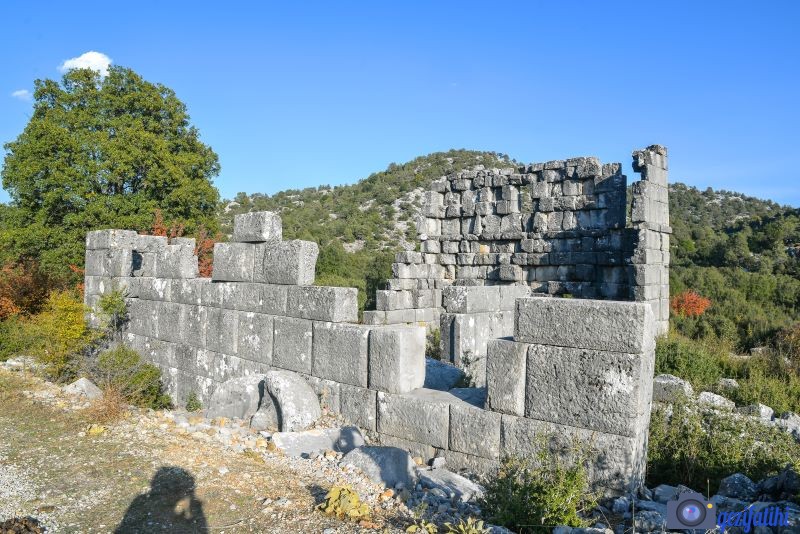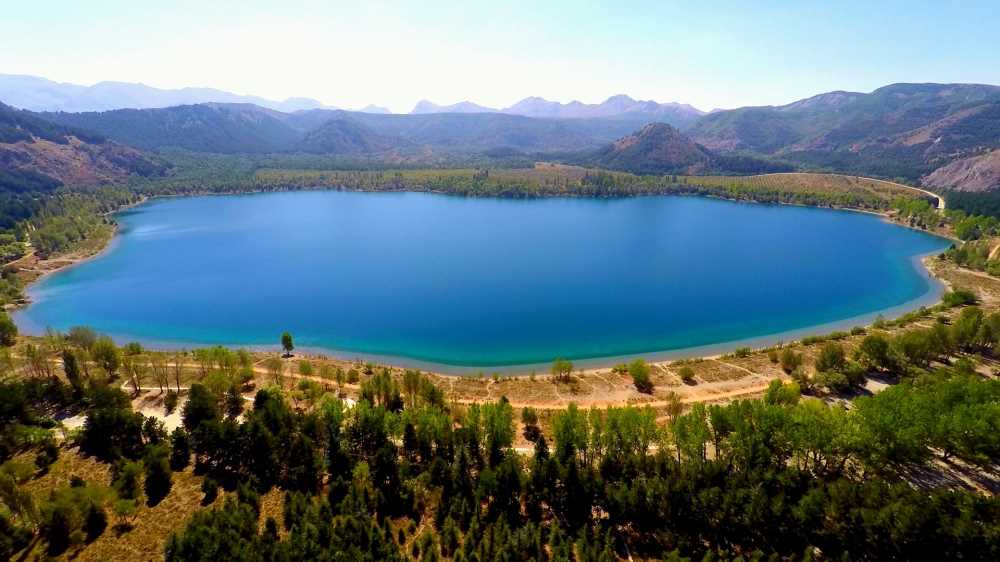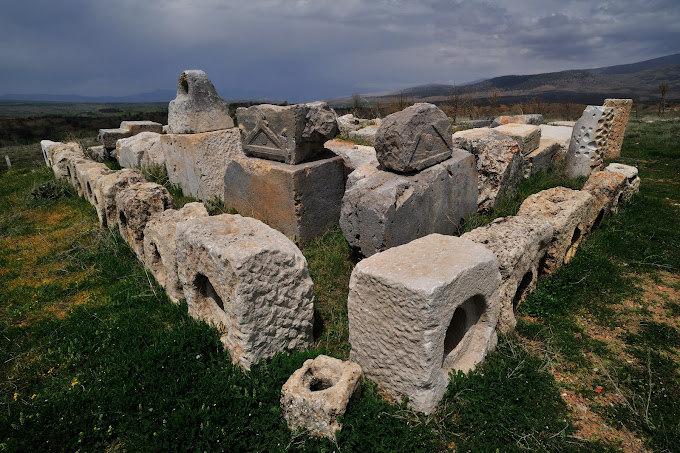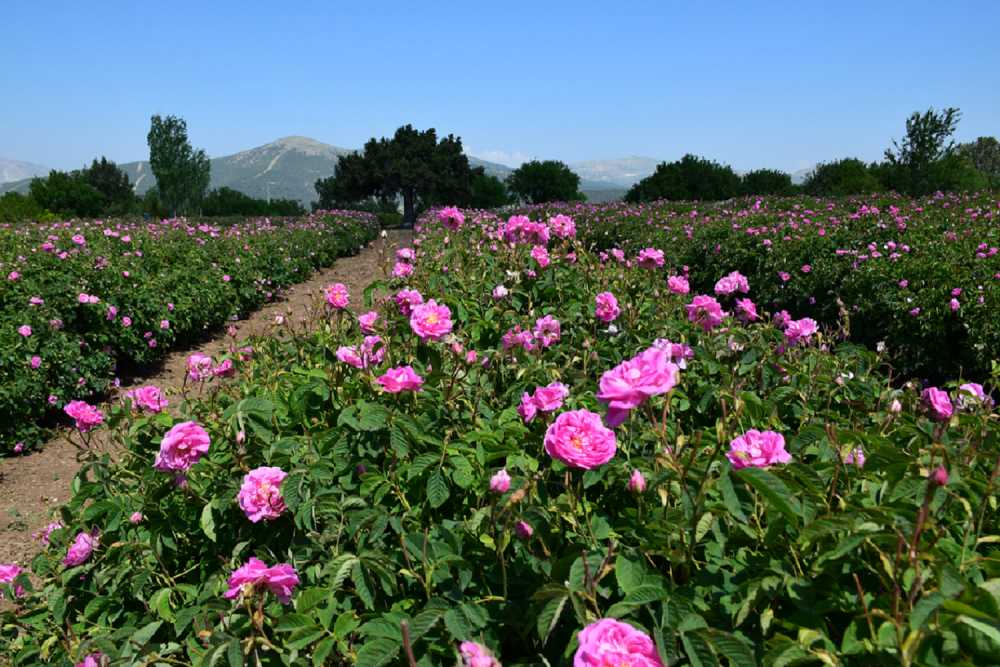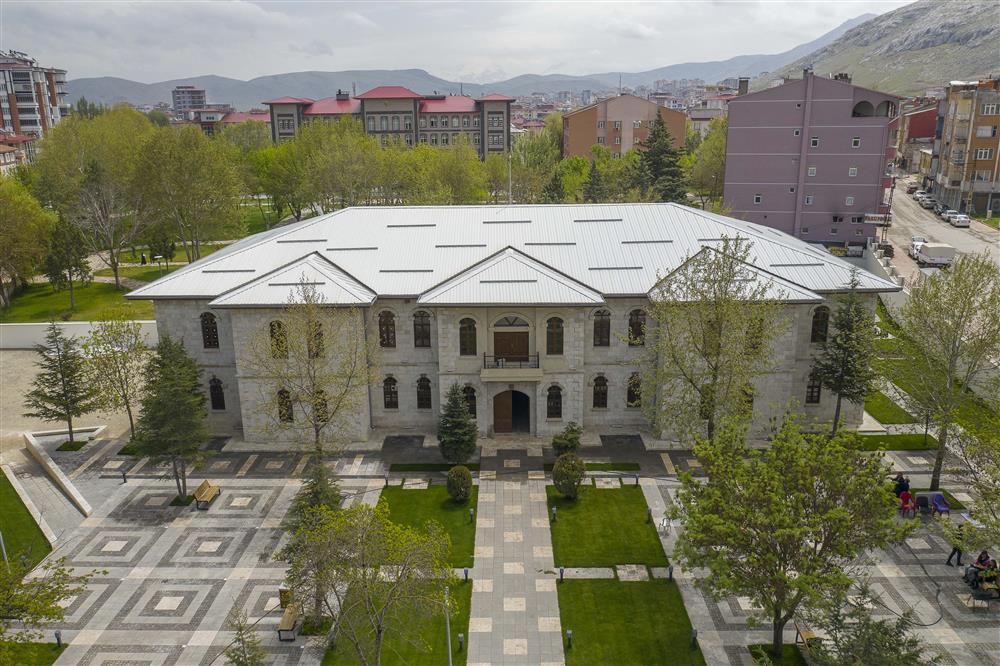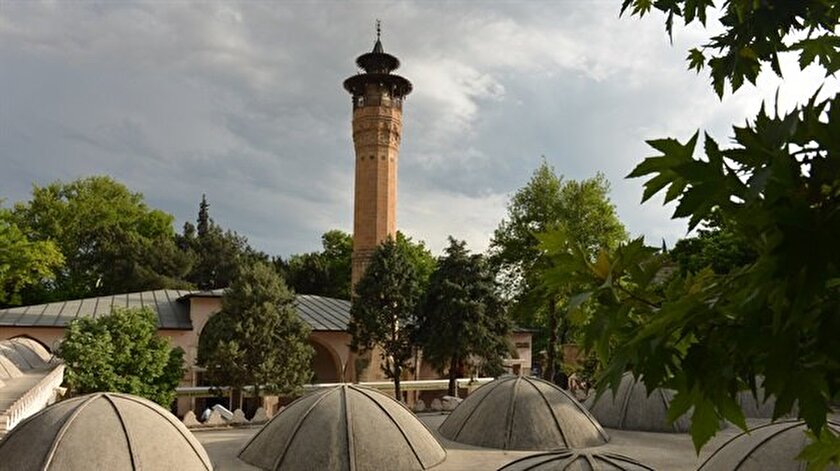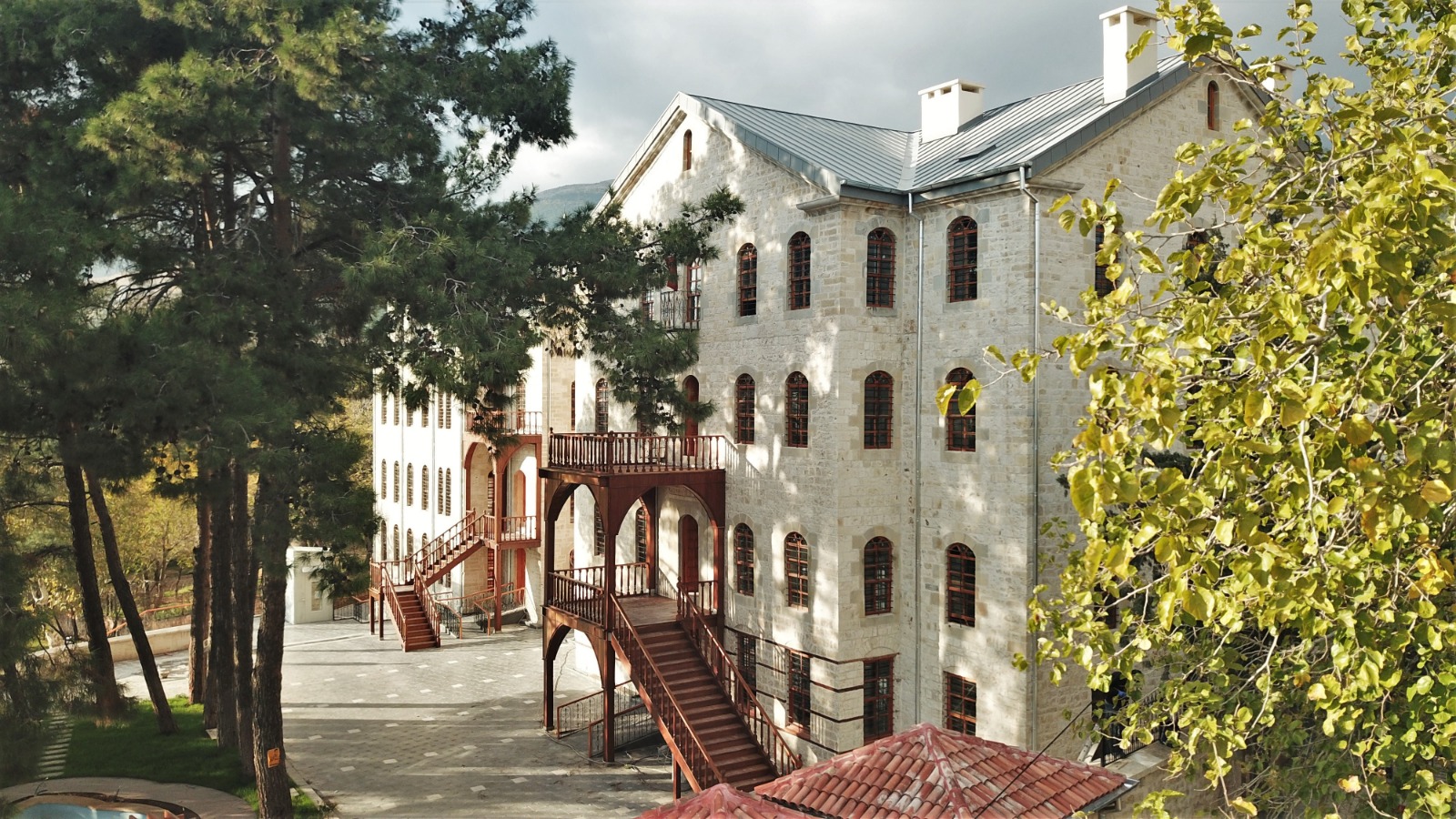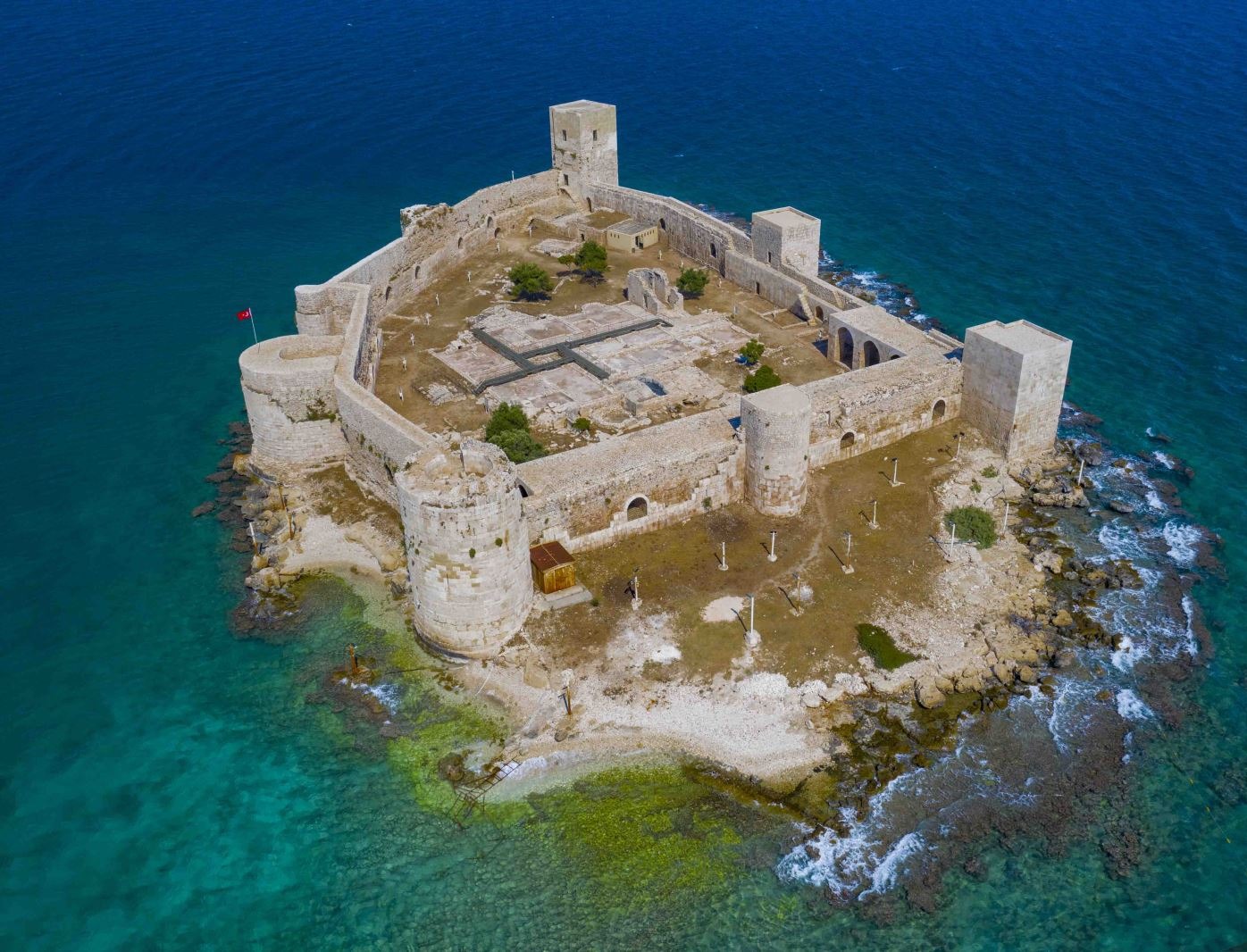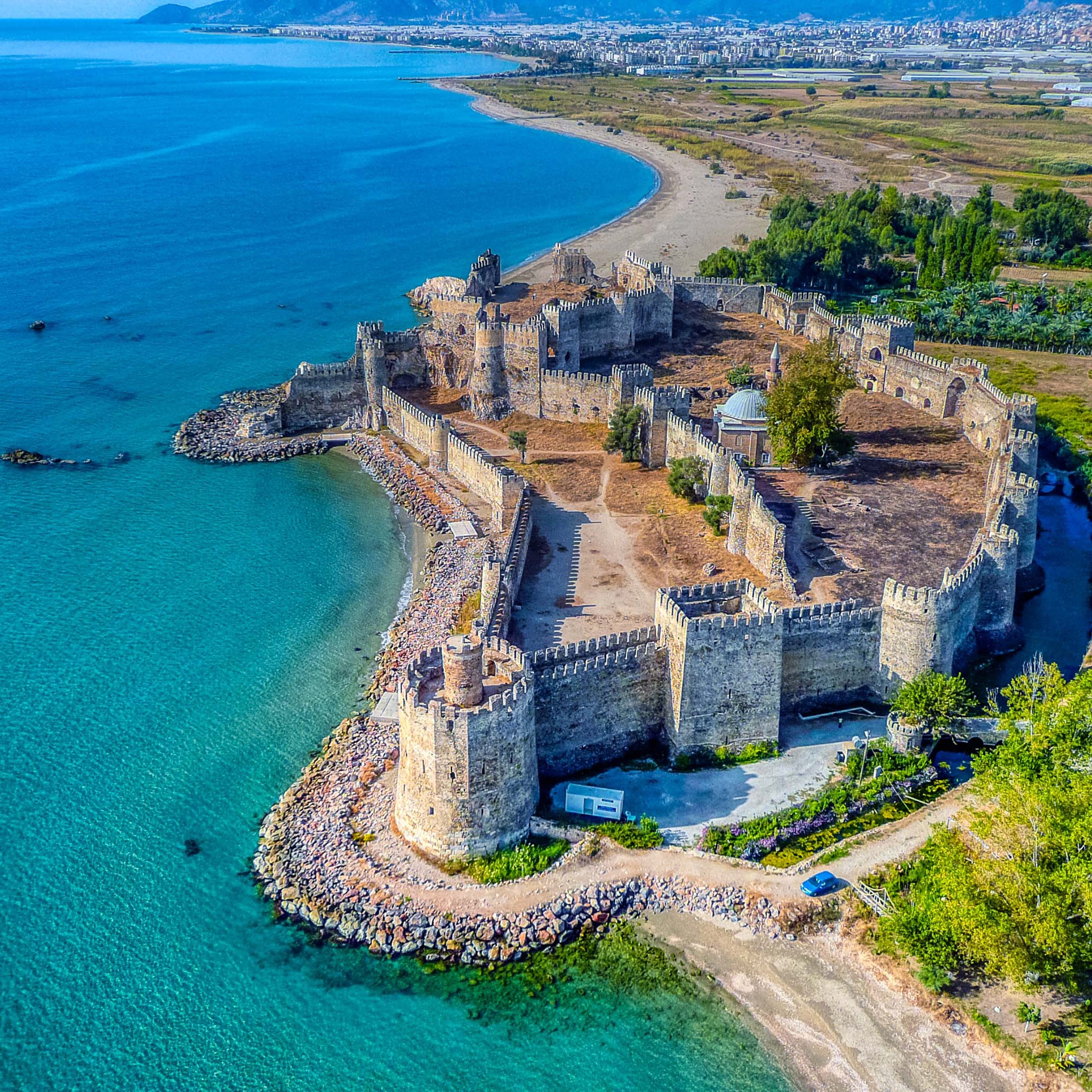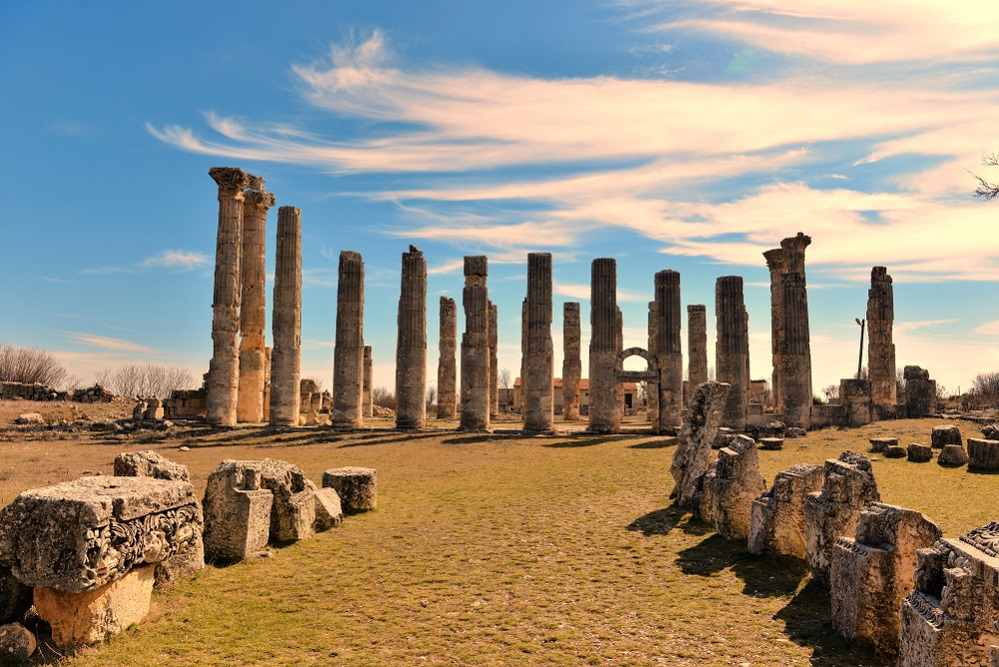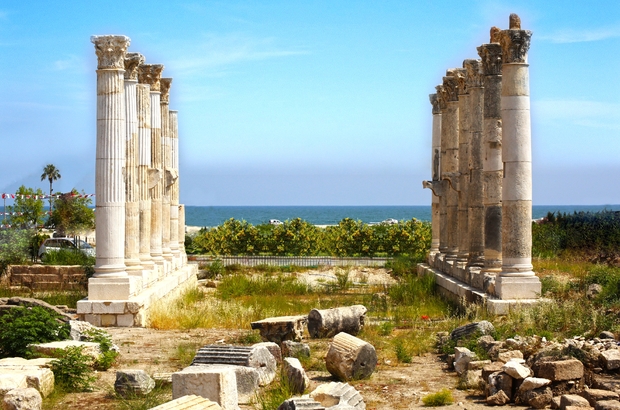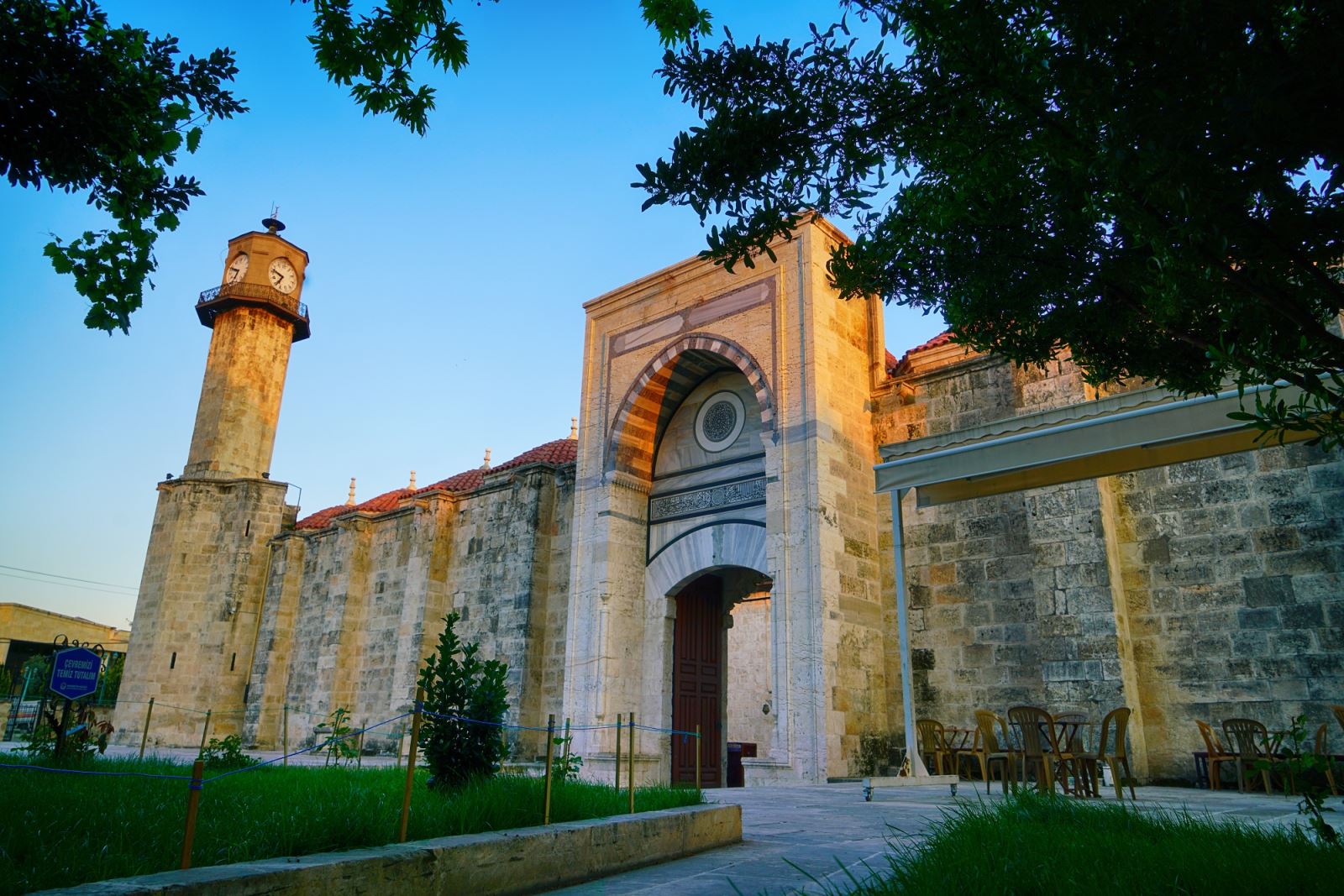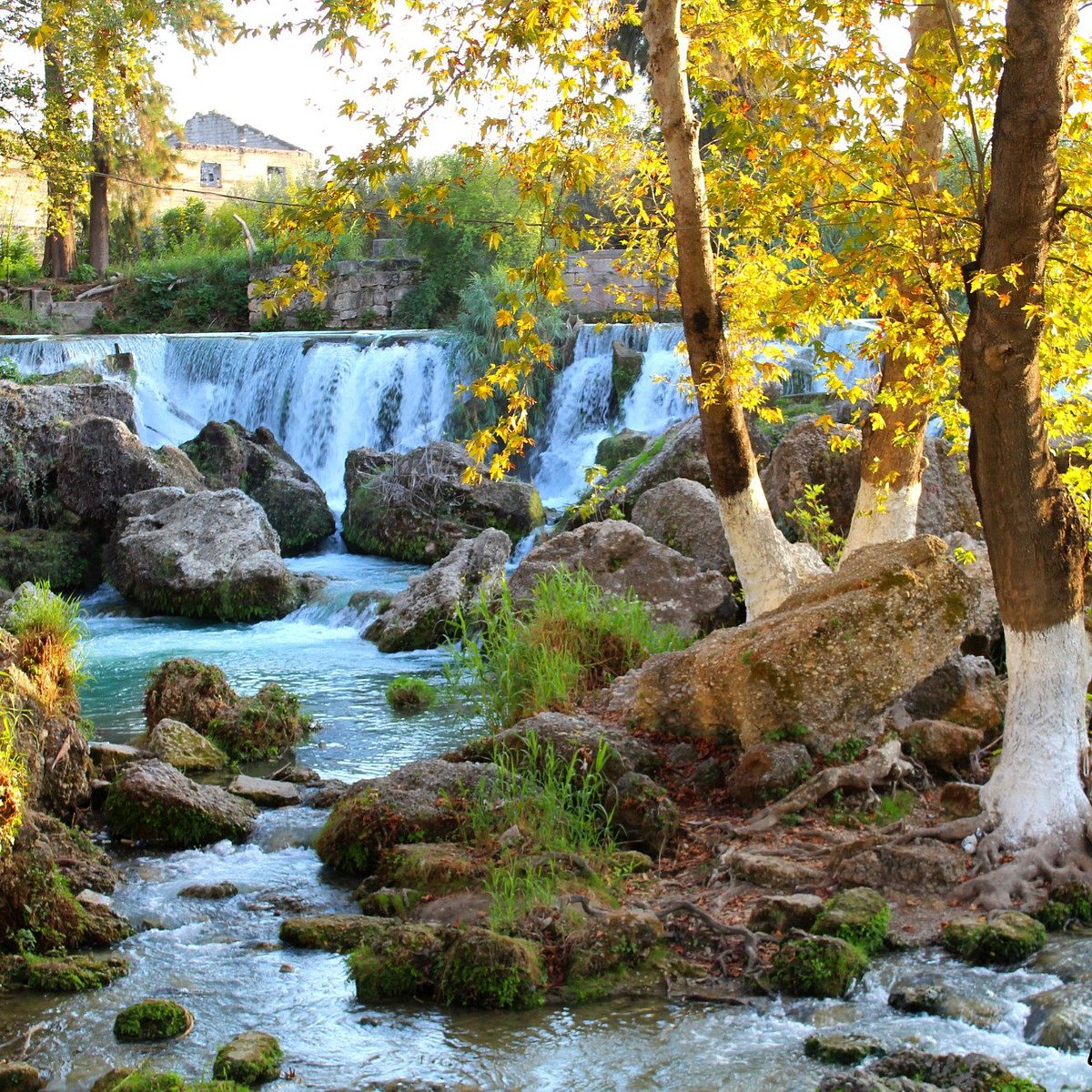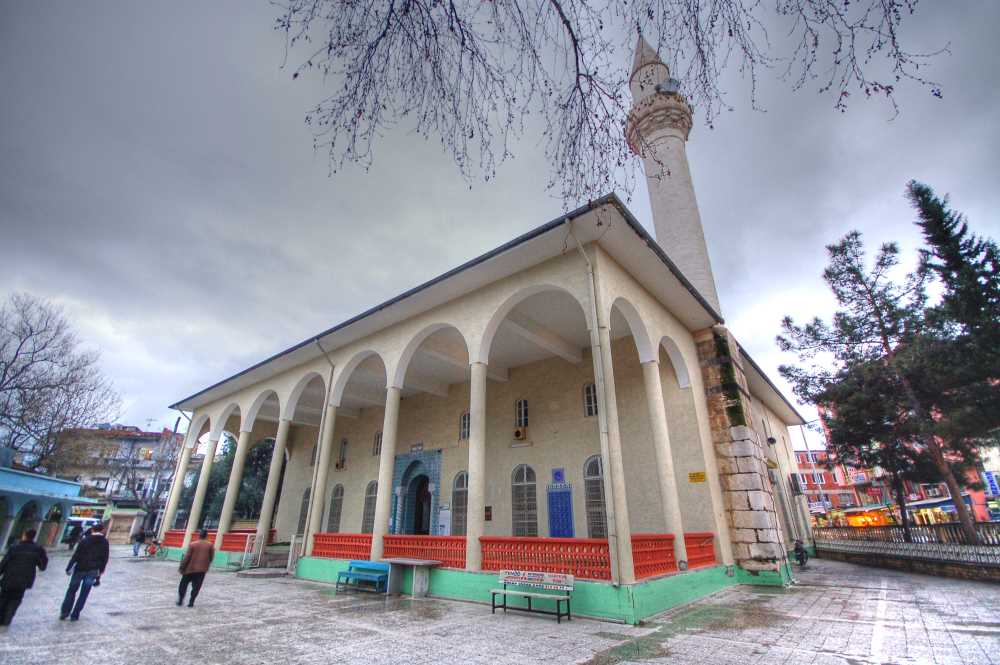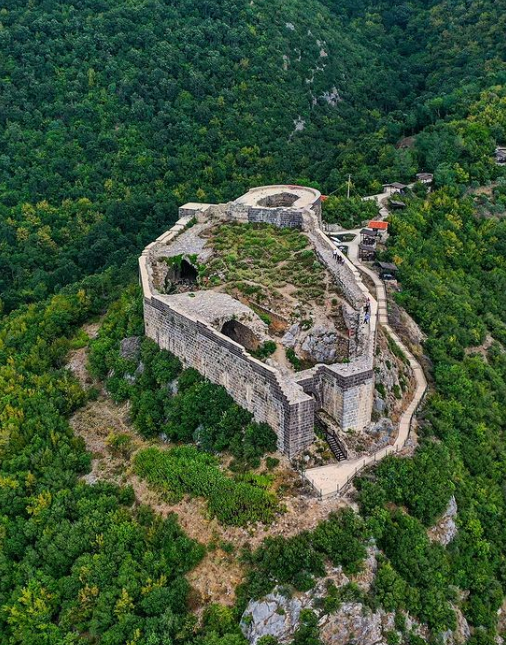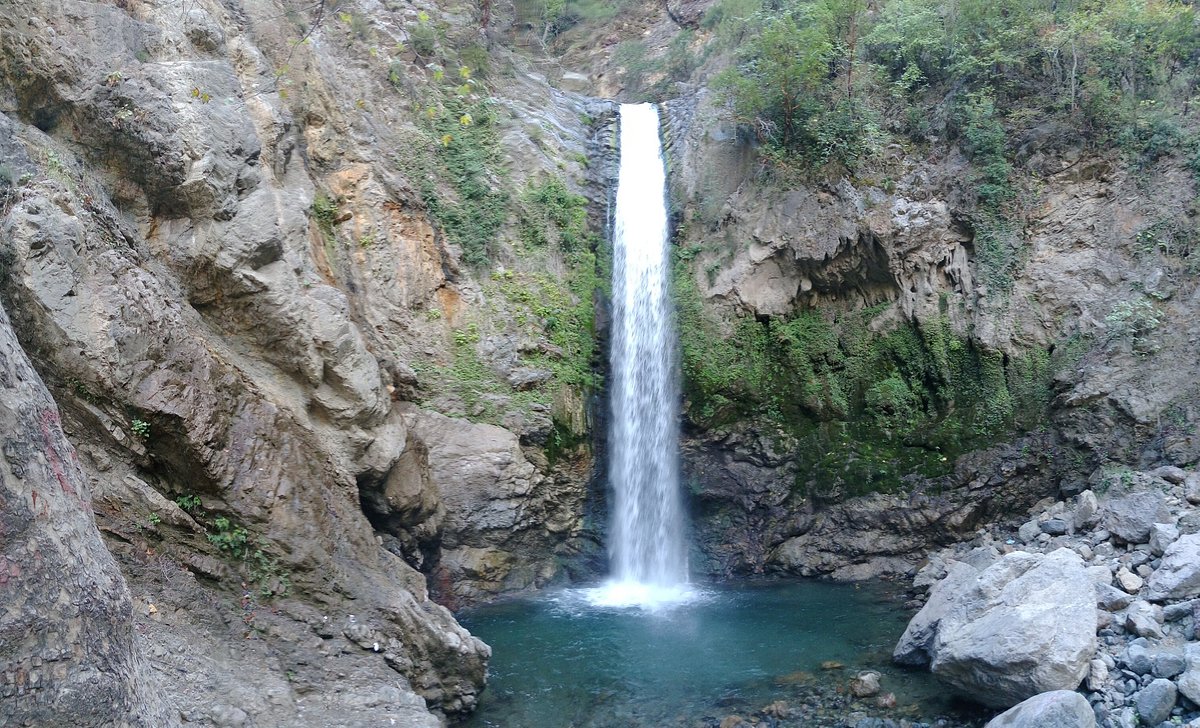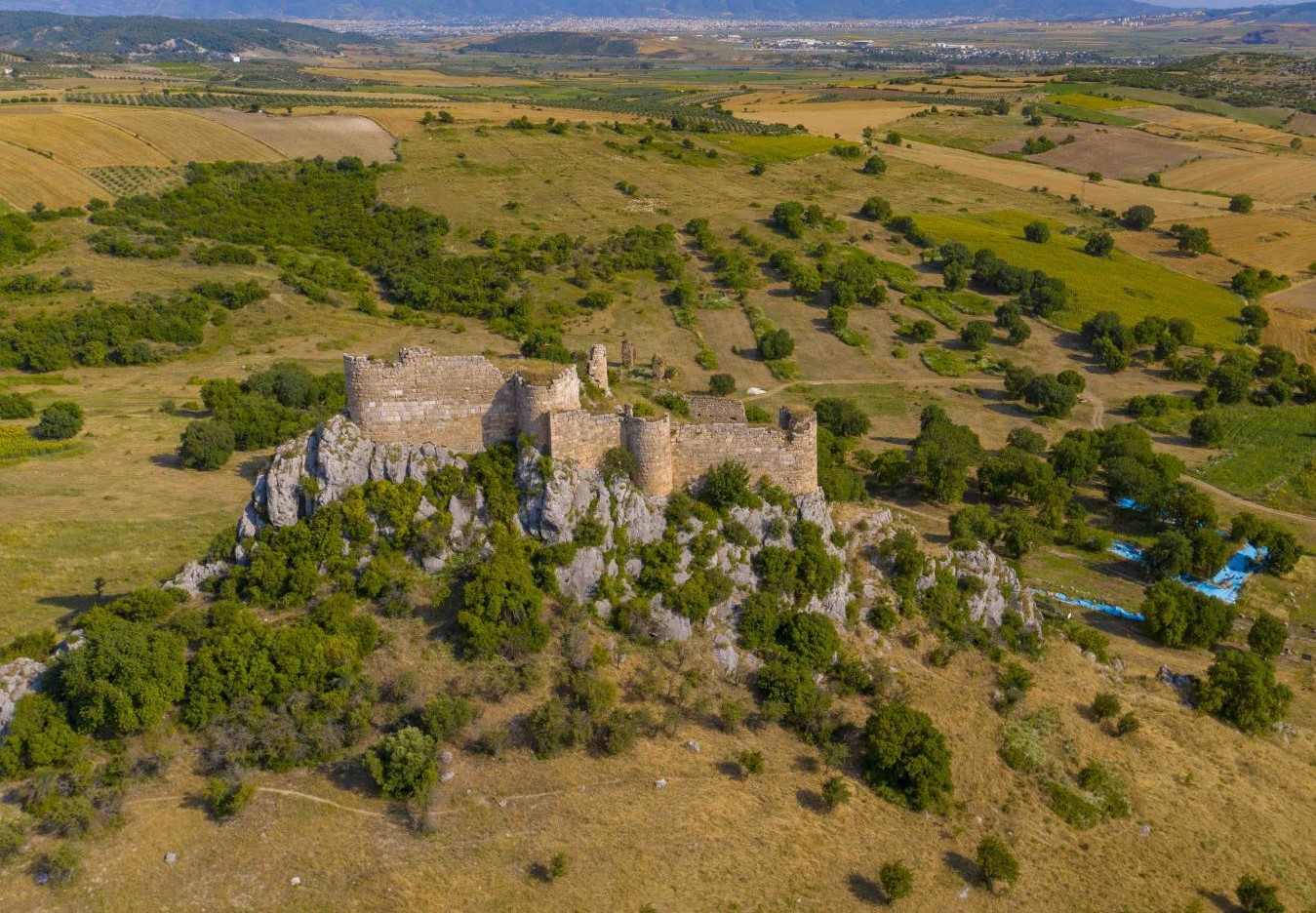Silifke
Silifke is a district of Mersin province in Turkey. Silifke is 73 km from Mut, 85 km from Mersin, and 55 km from Gülnar; It is located west of Erdemli, east of Gülnar, south of Mut, between the Taurus Mountains and the Mediterranean. Connecting Mersin to Central Anatolia, Silifke is on important roads. The Mediterranean Coastal Road, which is under construction, passes through Silifke.
History
Seleukos I Nikator, one of the commanders of Alexander the Great and the founder of the Kingdom of Syria, captured the colony founded by the Ionians under the name of "Holmi" in the place of present Taşucu and settled its people 12 km inland from Holmi (Akliman) on the coast, where today's Silifke is located. and founded the city of Seleucia, which means "City of Seleucids".
Seleucia, which was founded by Seleukos I Nikator and continued the name of 9 cities named after him, frequently changed hands between the Seleucids and the Ptolemaic (Egyptian) kingdoms in the Hellenistic period. AD of the Roman Empire. Seleucia, which came under Byzantine rule after it was divided into two in 395, became an important pilgrimage center due to the presence of Ayatekla.
Exchange and the Post-Republican Period:
Ataturk; He divided the Gazi Farm in Silifke among the newly arrived Greek exchanges. In addition, Bodossaki, a well-known olive oil trader and manufacturer, is also from Silifke, and his very large orchard and land were expropriated after the exchange, some of which were built for Girls' Vocational High School, while Cretan families were settled in the rest. Bodossaki; then he bought the famous Pera Palas Hotel in Istanbul and became its owner. Cypriot families came in the 1930s, 60s and 70s.
Greeks from Silifke were settled in the newly established town of Nea Selefkia (New Silifke) on the coast of the Adriatic Sea, today connected to the province of Tesprotya, in Greece, together with the population exchange. The town population is around 3,000 today. In those years, the leader of the Silifke Greeks was Yusufaki Tiryakidis. Silifke Armenians, on the other hand, lived in a crowded congregation in the Bucaklı District and they had a church in the area called "Dilek Kayası". It is known that they went to Lebanon via Cyprus following the street clashes in the War of Independence. In those years, the leader of Silifke Armenians was Hacı Manolyan.
Today, the historical texture of the city center, which dates back to ancient times, has been destroyed. The old city was destroyed by placing reinforced concrete structures on rock tombs and monumental structures built in the Roman period. Silifke, which was the center of the province of Icel (1924-1933) after the War of Independence, was merged with the province of Mersin after 1933 and became the district of the province named İçel. In addition, since Silifke used to be called "Selefkos" in the Byzantine period, some tourists still use this name instead of Silifke.
Geography
The Göksu (Kalykadnos) River divides the Silifke district into two. The delta where the Göksu River reaches the sea and the Akgöl and Paradeniz lagoons formed in this delta are one of the important bird gathering centers and wetlands in the world. For this reason, it has been declared a Ramsar site.
The bays within the borders of Yeşilovacık town of the district are the breeding grounds of Mediterranean monk seals. Susanoğlu and Taşucu, which are among the important holiday resorts of the Mediterranean; It is connected to Silifke.
Agriculture
Since Silifke Plain is an alluvial plain, its soil is very fertile. Due to the widespread use of greenhouse cultivation, 3 types of products can be obtained here per year. Many kinds of fruits and vegetables are grown in Silifke, such as tomatoes, cucumbers, strawberries, paddy, peanuts, zucchini, green beans, and ground cherries. Recently, besides vegetables, fruits such as oranges, tangerines, lemons (citrus), olives, pomegranates, apricots, peaches, plums, grapes, apples and pears are grown in Silifke.
Farming
There are also chicken and fish farms as well as cattle and sheep farming. Fish farms are established both in fresh water and in the sea. Trout in fresh water and sea bass and sea bream are grown in the sea. In addition, goat and sheep breeding is carried out in the rural area of Silifke.
Tourism
Tourism is one of the important values of the district. Silifke Castle, Heaven-Hell Potholes, Jupiter Temple, Aphrodisias Ancient City (Tisan Peninsula), Barborossa Bay, Astım Cave, Uzuncaburç, Ayatekla, Tokmar Castle, Port Castle and Catapult Castle are touristic centers in the region.
Kitchen
There are many types of food special to Silifke. The most important of them are; thimble (ring) soup, sunken, cart, ülübu and keskek. Among the desserts, shuttle dessert is one of the most important. The most important and famous products of Silifke are yoghurt and ayran. According to the villagers of the region and those who know its taste, the best ayran is buttermilk.
Folklore
Silifke is also an important region in terms of folklore. Folk dances, rug weaving and handicrafts were developed. Folklore team of Silifke, one of the first regions that come to mind when "folk dance" is mentioned, has represented Turkey in many international organizations. Silifke games are in agile style. Silifke's Yoghurt, Turkmen Girl, Çiftetelli, Elmas Zeybeği, Cyprus Zeybeği, Hamçökelek, Çaya Ardım Zeybeği, Orange Zeybeği, Let's Come to the Garden (Mandilli), Yayla Yolu, Aşık and Maşuk, Aslan Mustafa and Partridge dances are the most well-known folkloric dances. Since there are generally Turkmen immigrants in Silifke, some games are arranged for Turkmens.
Events
The International Music and Folklore Festival is held in Silifke every year between 20-26 May. Various concerts are held during the festival, stands and nomadic tents are set up on the walking paths along the river. Traditional local dishes are served to the public in nomadic tents.





